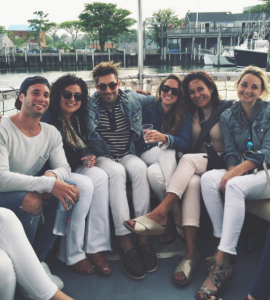Tag Archive for: cbc
We’ll just come right out and say it: we LOVE Beantown! As one of the most historic cities in the country, Boston has a lot to offer from unique activities, great food, and lastly, is home to some amazing brands.
Throughout the year, we routinely invite editors and influencers spanning a variety of lifestyle, food, and travel publications to join us for brand excursions to aspirational places like Santa Barbara and Sonoma County. While these locations are breathtaking in their own ways, we decided it was time to take advantage of our own backyard and prove that Boston in fact is a great travel destination.
This is why we invited 10 editors to come experience all of Beantown’s unique qualities in our first Boston Experience, a new program added to our House Program series.

Take me out to the ball game
It wouldn’t be a trip to Boston without a chance to watch the Sox play at Fenway Park. As soon as the editors landed in Logan Airport, we made our way over to Fenway – in Safr vehicles, a new Boston-born ridesharing app – to watch the Boston team play the Blue Jays (spoiler: they crushed the Jays). Even though some of our New Yorkers were hesitate about sporting those Boston B’s on their caps, everyone enjoyed a Fenway Frank, or two, and were psyched to be able to experience a ball park that has so much history – Green Monster and all.


Best view in Boston
For their weekend in Boston, the media had the pleasure of staying at one of Boston’s newest boutique hotels, The Envoy Hotel. Situated along the water in one of the city’s fast growing neighborhoods, the Innovation District, the views from this hot spot are unmatched.
After a Red Sox game, we rounded off the evening with a boozy social on the Envoy Hotel’s stunning rooftop, drinking in the city skyline as well as a few signature cocktails.

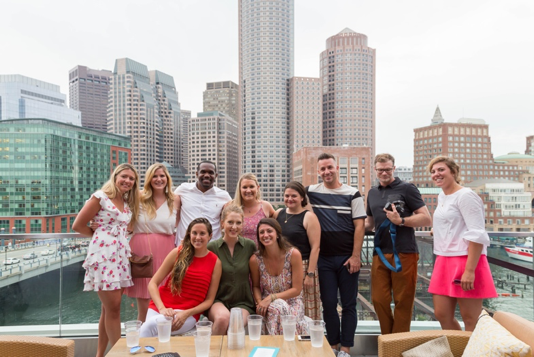
Unforgettable brand experiences
The next morning, we were up at the crack of dawn to watch the fishing boats at Boston Fish Pier unload their daily catch. Legal Sea Foods gave us the behind the scenes scoop on how they choose their premium fish and what goes into making sure all their restaurants are getting the best and freshest fish.
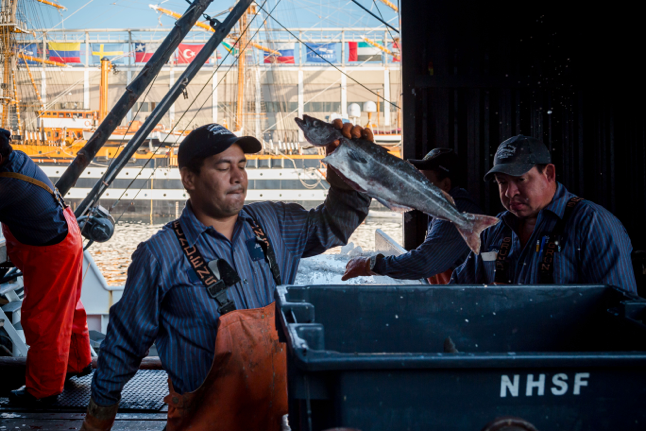
Later that evening, our group dined with Legal Sea Foods at their Harborside location in the Seaport. It all began with Executive Chef Rich Vellante’s oyster shucking demo – that you can find live on Food Network’s Facebook page.
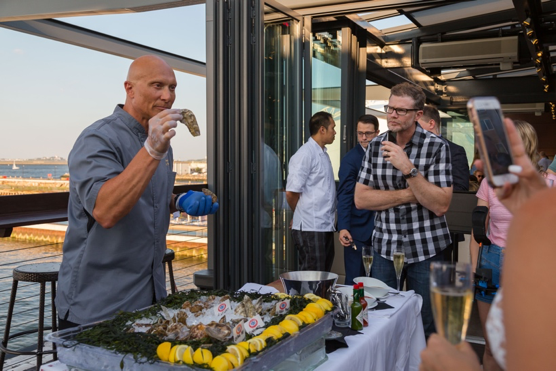
And the night concluded with a true sea-to-table dining experience where the media tasted Legal Sea Food’s freshest seafood dishes. Also at the table, was Legal Seafood’s CEO Roger Berkowitz who dined with the media and chatted about his journey with the brand.
Demarco Williams, Forbes Travel Guide editor, wrote about his experience with Roger Berkowitz. Check it out here.
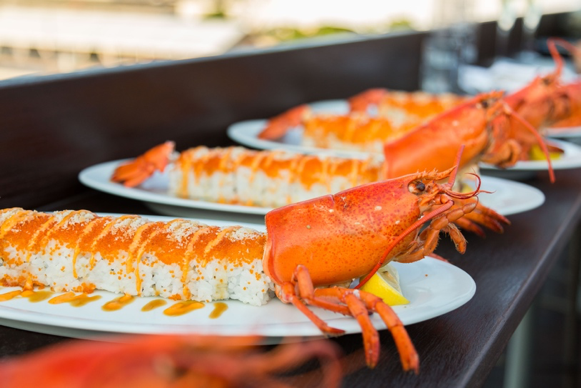
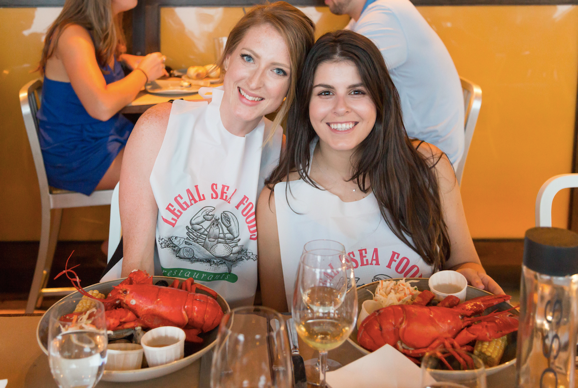
After a classic duck tour excursion, the best way to get up to speed on your Boston history, the day peaked with a surprise trip to Ocean Spray’s cranberry bog just outside of the city. Knee-deep in cranberries, the media learned about cranberry harvest and finished off the experience with a bog-side luncheon. Needless to say, the group was berry pleased with the amazing Instagram pics they got from this adventure.

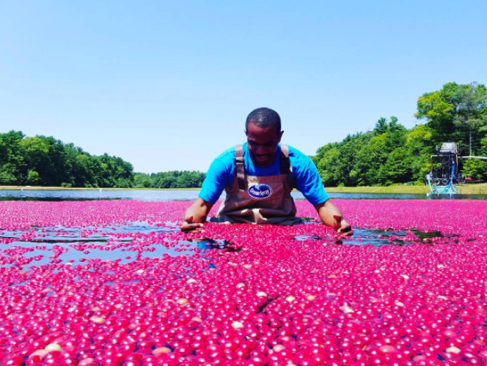
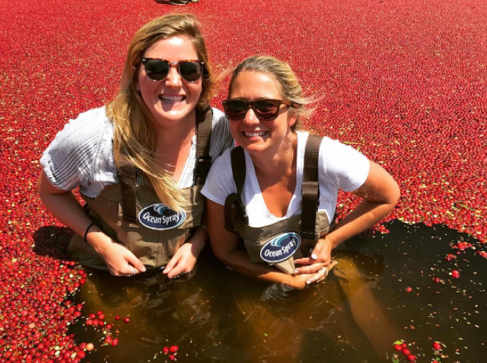
Feasting, beasting and sight-seeing
The next morning we kicked off the day the right way with a scenic run along the freedom trail in Hoka One One kicks!
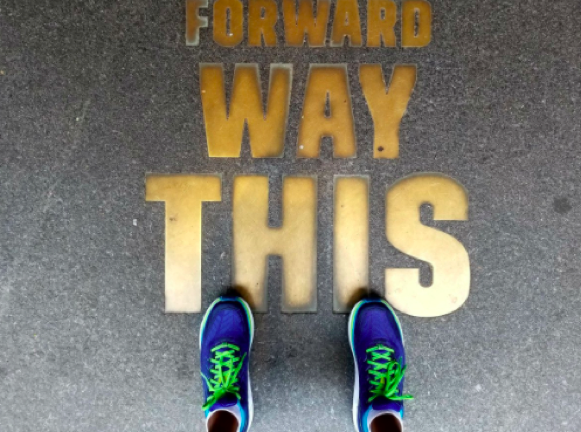
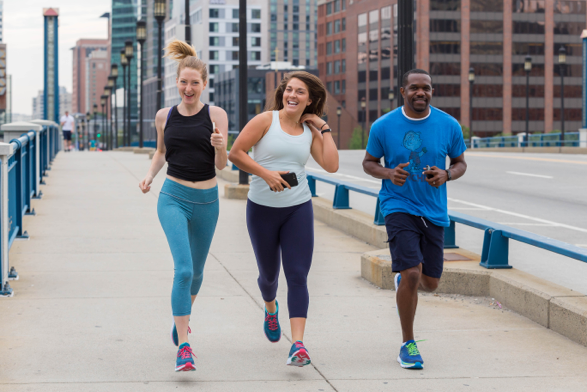
And followed it with a lunch rendezvous to ArtBar in Cambridge where the staff pulled out all the stops – oysters, shrimp, mini tacos, a s’mores bar, and a sorbet bar!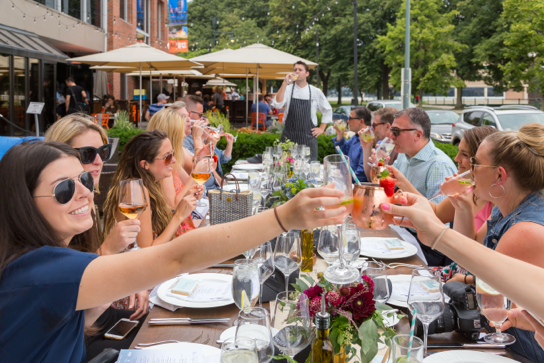
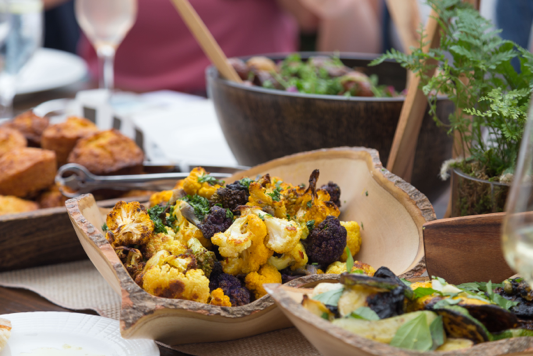
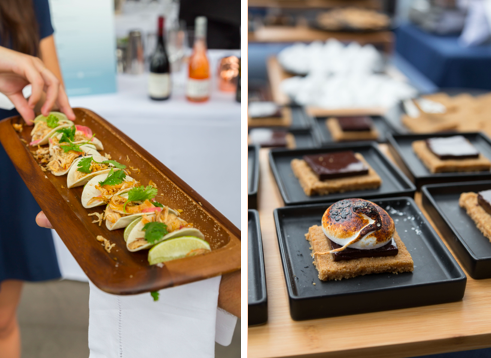
And from ArtBar’s patio, a boat picked us up for a little rosè and a cruise around the harbor with 90+ Cellars and Discover Boating.
Boston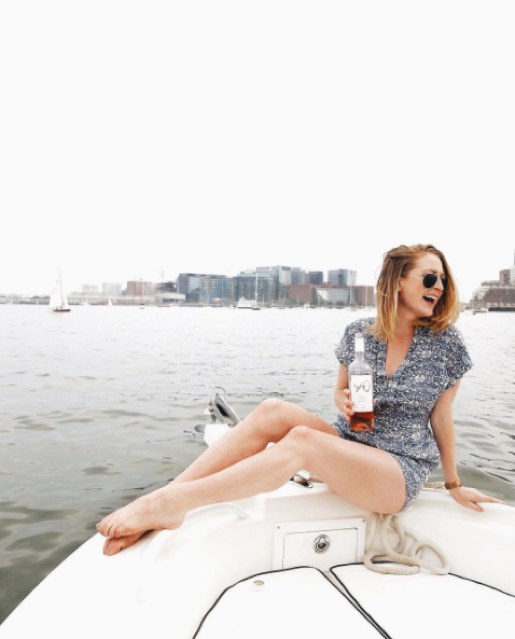
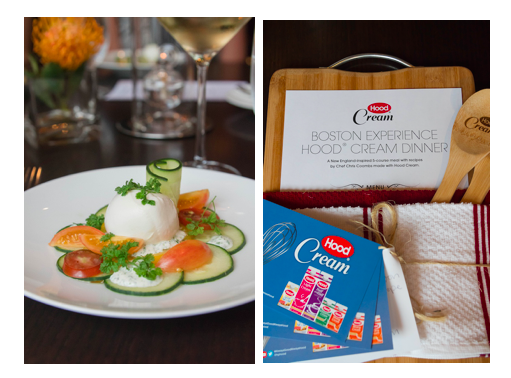 Namast’ay in Boston
Namast’ay in Boston
We sent off our media with a restful rooftop yoga class, hosted by Boston- born brand Crane & Lion.
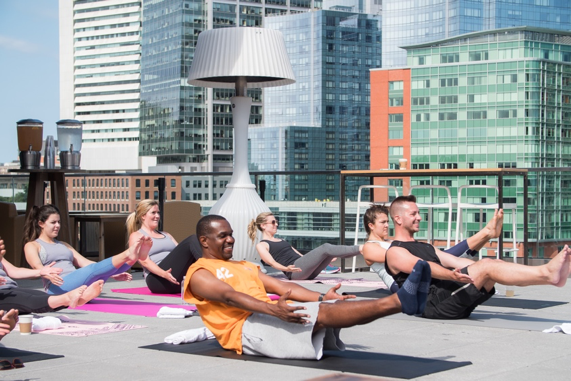
Who knew there was so much to do in our very own backyard? Check out the social chatter from this experience on Instagram at #CBCBostonExperience.
As a public relations agency with many experiential marketing campaigns under our belt, we’d like to think we’re in a good position to point out some great work by brands and our colleagues at other PR agencies.
For experiential marketing to work, it has to grab your attention. Think about it: Have you ever done something crazy to get someone’s attention in real life? Sometimes it’s the same in marketing – drastic measures in order to differentiate yourself from the sea of similar brands. It can be risky, scary, and very thrilling to pioneer experiential campaigns.
We get it. Our idea to create a mobile boutique from a shipping container for Garnet Hill raised a few eyebrows when it was first floated. But in the end, the campaign was a huge success.
That’s why the campaigns below – all daring and different – hit close to home for us.
Apple Orchard in the Big Apple
In June 2016, Strongbow apple cider decided they would bring a taste of nature to NYC with a floating garden. In a barge filled with fruits, vegetables and herbs, people reconnected with nature, foraged for their food, and learned about all of the ingredients found in Strongbow’s Cider.
Why we love it: This took Farmer’s Markets to a new level and imprints visitors with a memory for life.
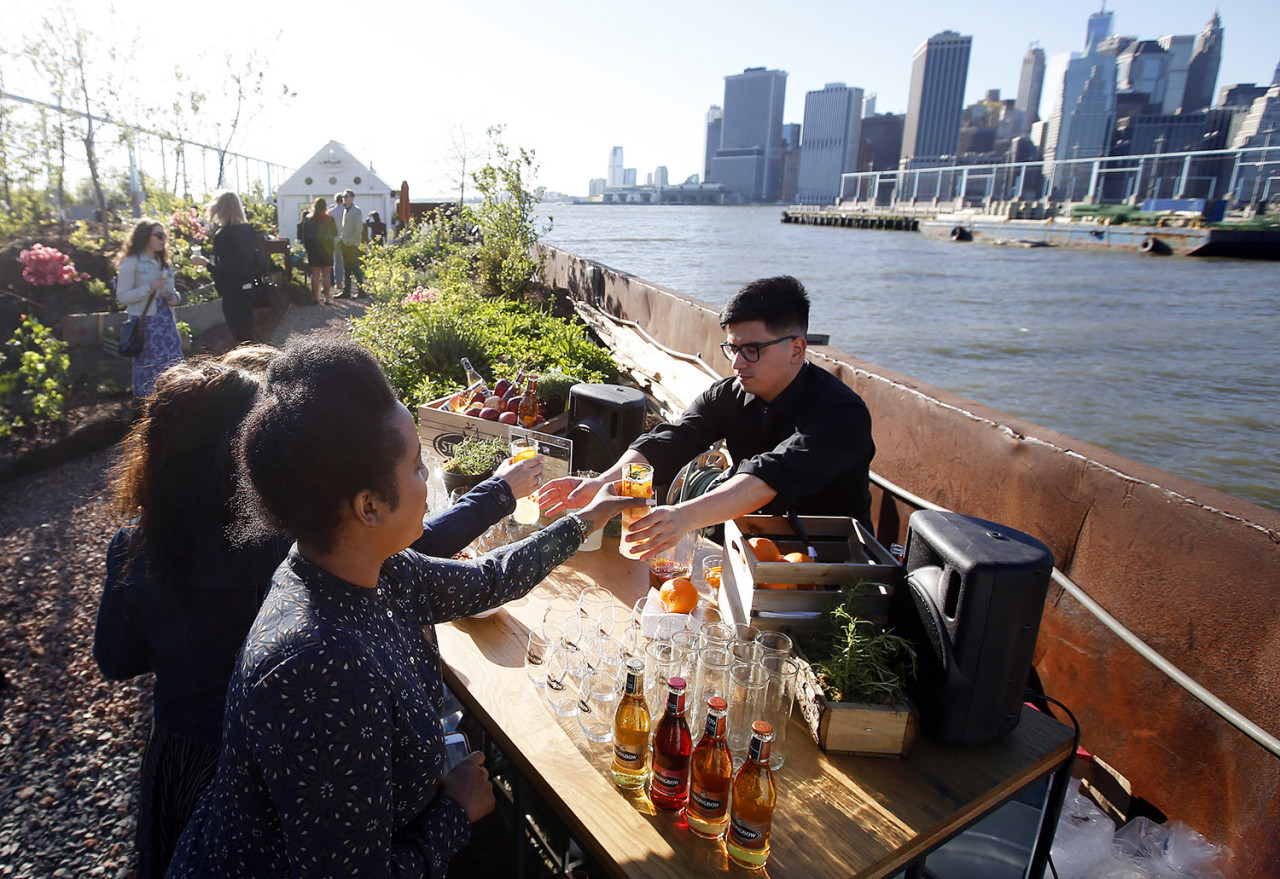
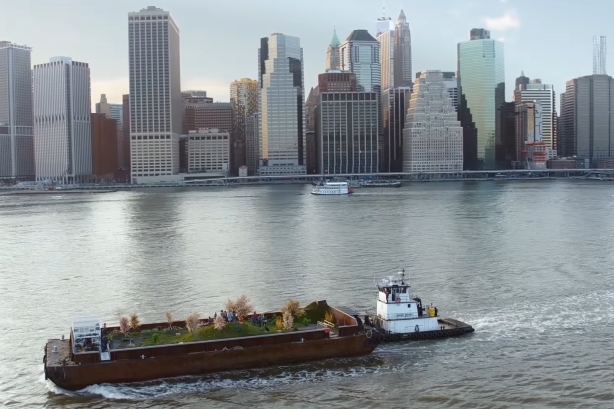
Big city, tiny house
In May, NESTEA introduced their own tiny house in Herald Square that emulated relaxation, minimalism, and the perfect place to enjoy a glass of iced tea. Their message to consumers: life today is not easy, but NESTEA’s new line of classic teas can help simplify things.
Why we love it: Minimalism is a coveted lifestyle in busy cities like NYC. Kudos to NESTEA for capitalizing on it!
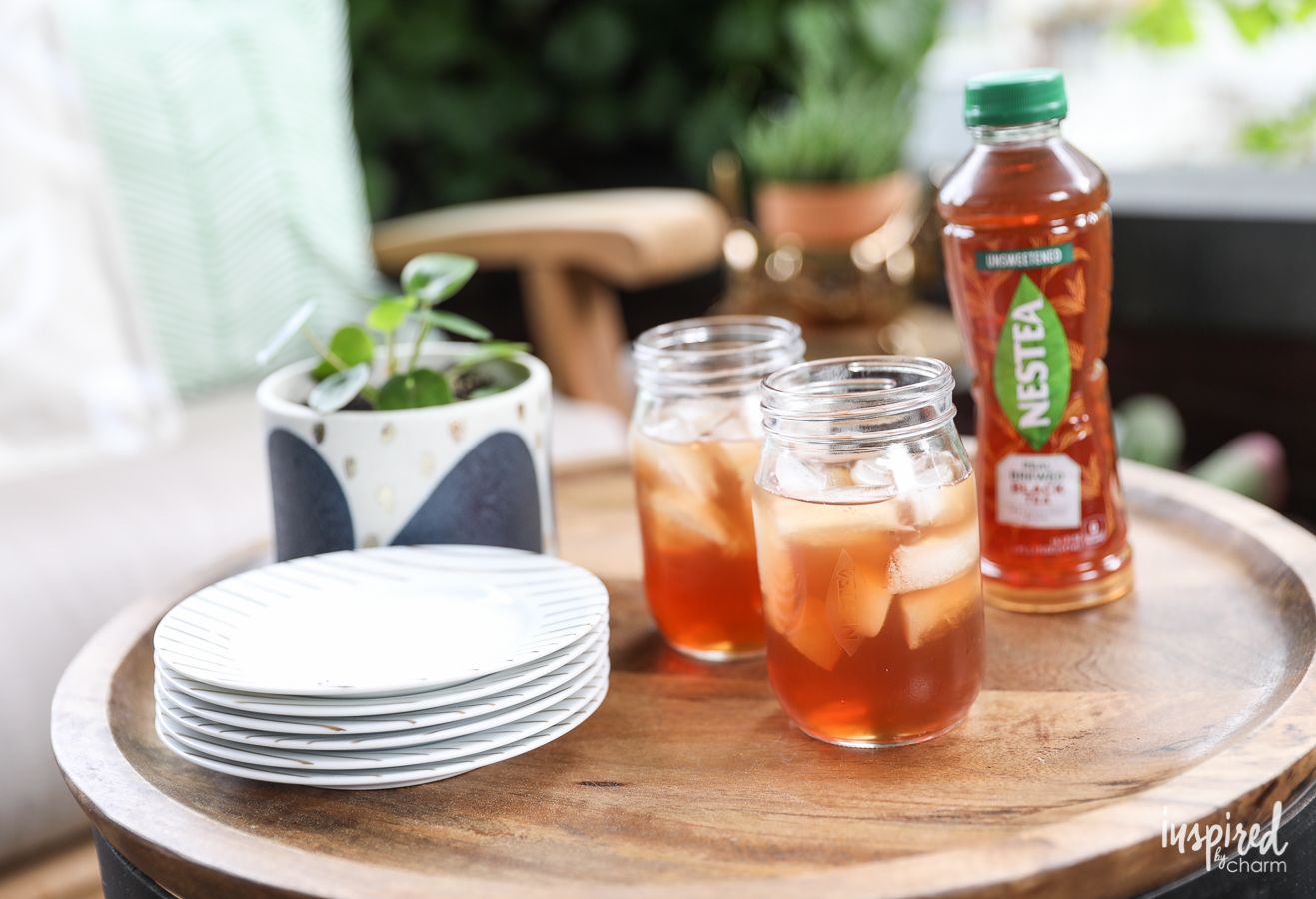
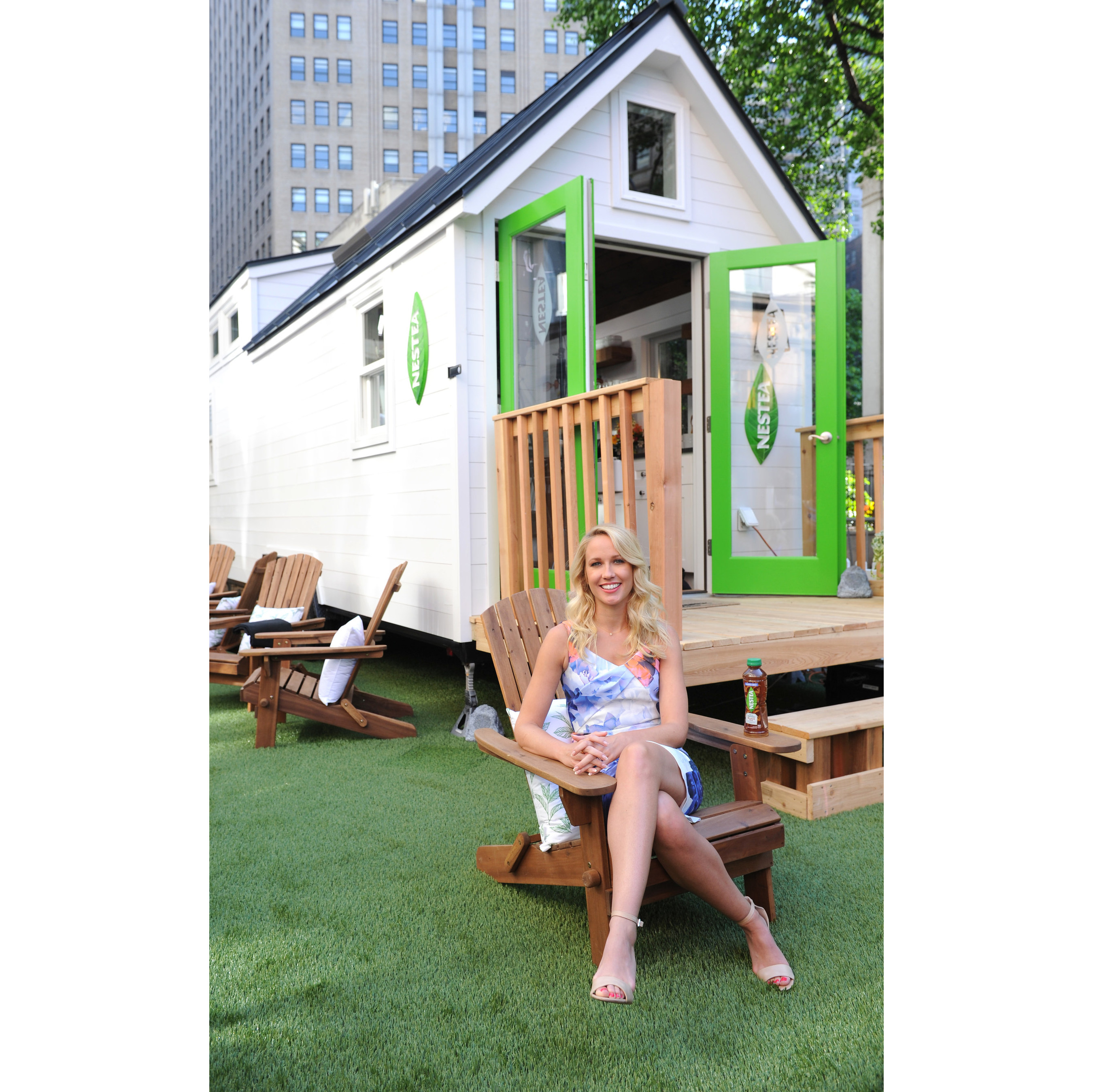
Refueling with a brew
In a refurbished 1952 GMC Coach bus, now known as the High Brew Liner, High Brew Coffee is embarking on a cross country tour. The goal is to pop up in 31 cities for people to try a cup of High Brew’s cold brewed coffee and refuel.
Why we love it: High Brew transformed the vintage bus to speak to an audience of millennials who, according to their research, go nuts for authentic experiences.
BigFoot on the loose
The Bootmobile is a rolling shoe created by L.L. Bean to commemorate it’s 100th anniversary, created for new store openings and promotional events. The bootmobile has been so successful that a new one was made and sent to Japan for their stores.
Why we love it: L.L.Bean took it global and didn’t just section it off for convenience.
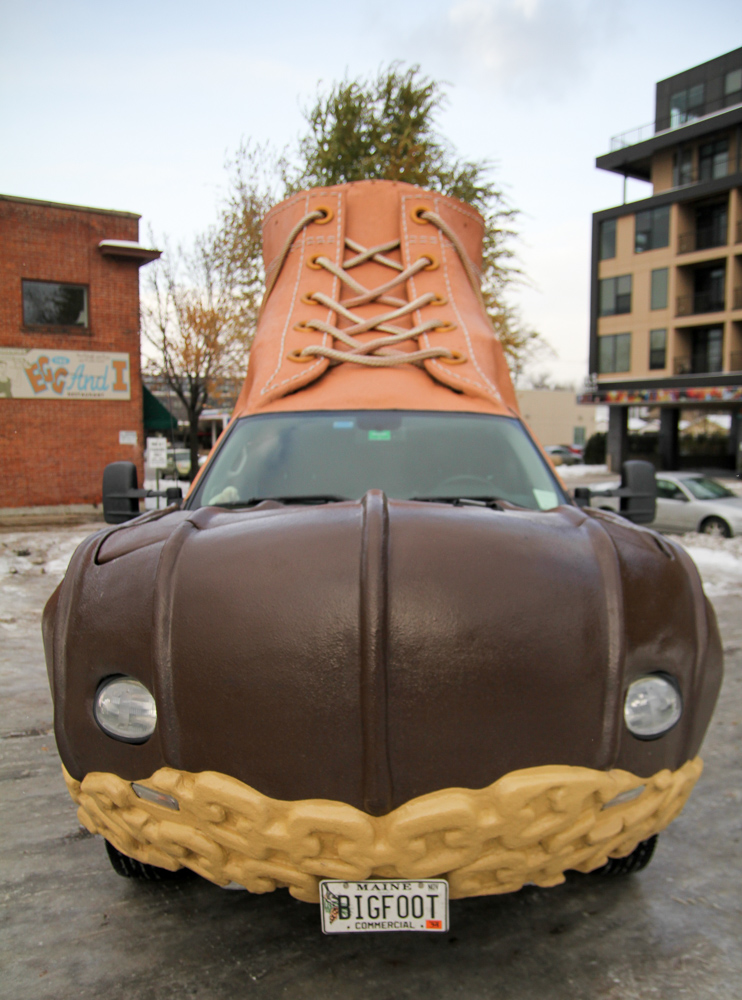
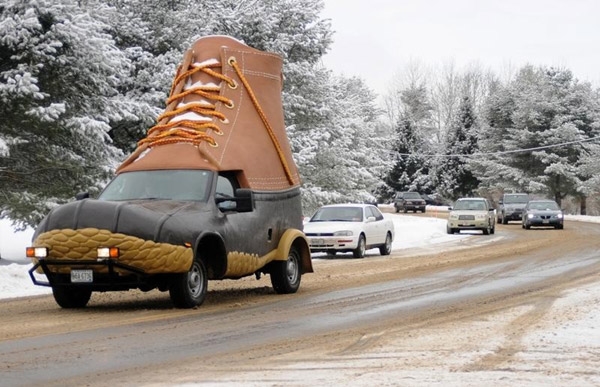
Sweat, hydrate, repeat
In the summer 2016, Propel hosted fitness events to roll out their updated electrolyte rich flavored water. The campaign went viral with the hashtag #LetsGetUgly, in the attempt to negate the glamorous and often unrealistic social media portrayal of people working out. From yoga to boxing, Propel got consumers active and hydrated them with their water.
Why we love it: Propel provided an environment where it’s okay to get sweaty and work hard.
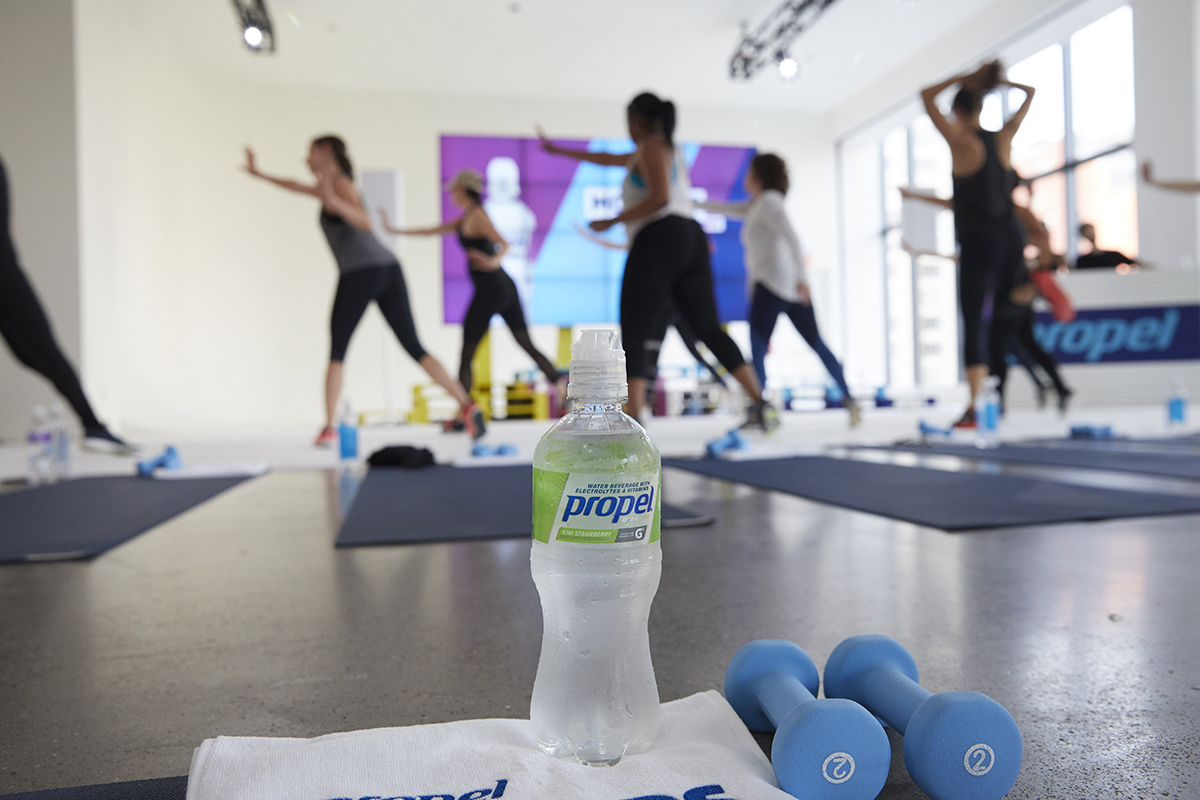
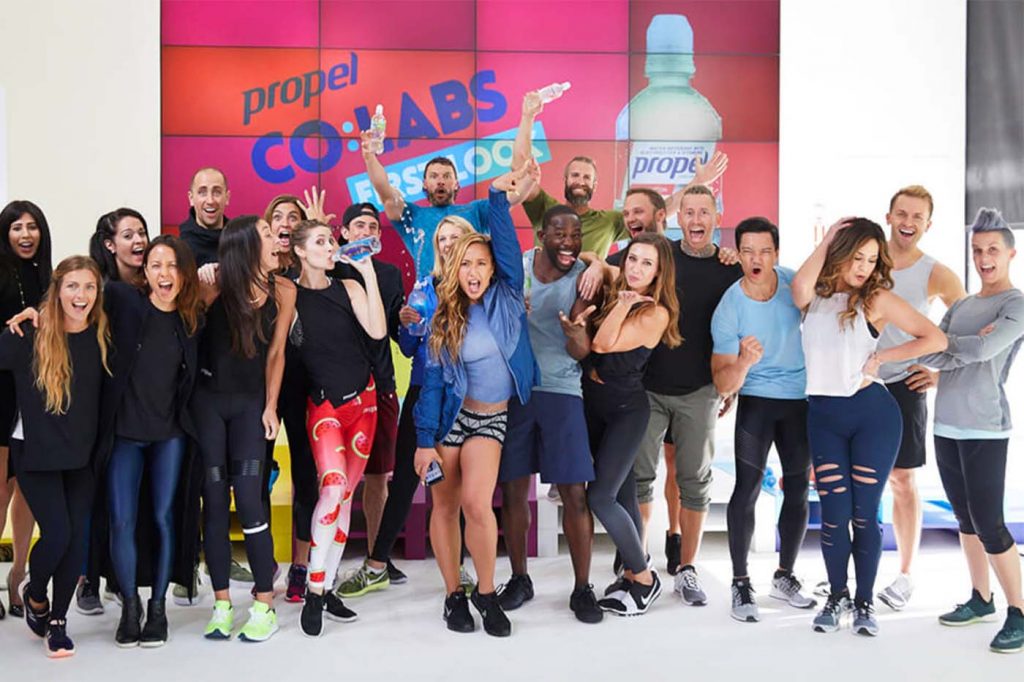
Touch and Feel
The Garnet Hill Mobile Boutique supported by our PR and creative services team here at Cercone Brown Company, transformed a shipping container into a moveable, shop-able, pop up shop. The revamped shipping container was a unique place for consumers to touch and feel all of the products before buying them.
Why we love it: Garnet Hill allowed their consumers to get to know the Garnet Hill products in a more natural, homelike setting.
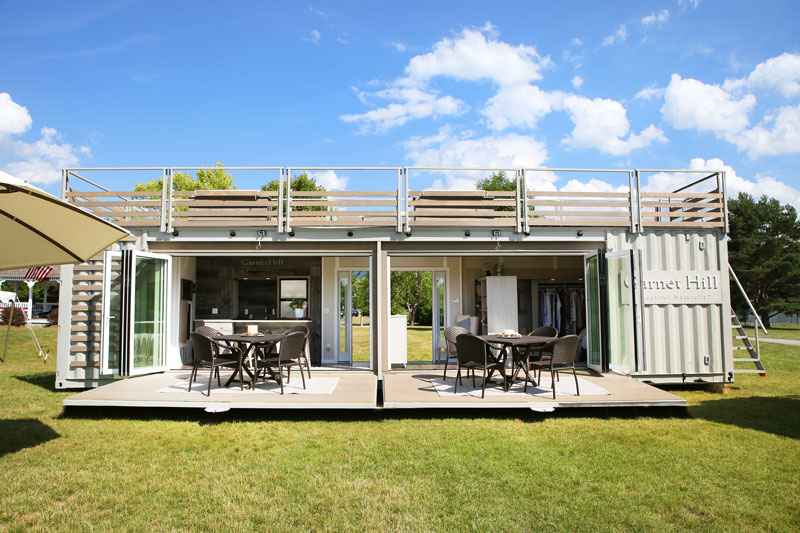
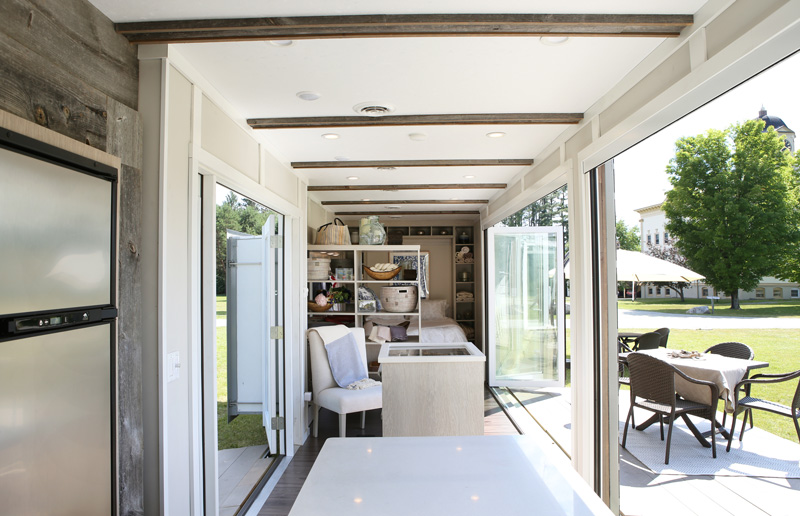
Gone are the days of blanket advertising via commercials and print ads. People want to touch, taste, feel and smell the brand. In other words, an experience.
When we used to say the word “drone,” you probably envisioned a low humming sound or a male bee that does no work. But recently, drone is a common term for an Unmanned Aerial Vehicle (UAV), or a more specific type of UAV, quad-copter. As drone technology continues to develop at a fast pace, these small, durable and cheap model aircrafts are becoming one of the hottest tools for people to shoot videos and for companies to market their brands.
Drones – The Conversation Igniter
OREO’s Drone Cookie Dunk, Fantastic Four’s Human Torch drone, Lexus’s automotive ad campaign, Super Bowl LI drone show, and even Petco’s DooDooDrone are all eye-opening marketing applications of this new technology. Now, let’s see how exactly they used the drones.
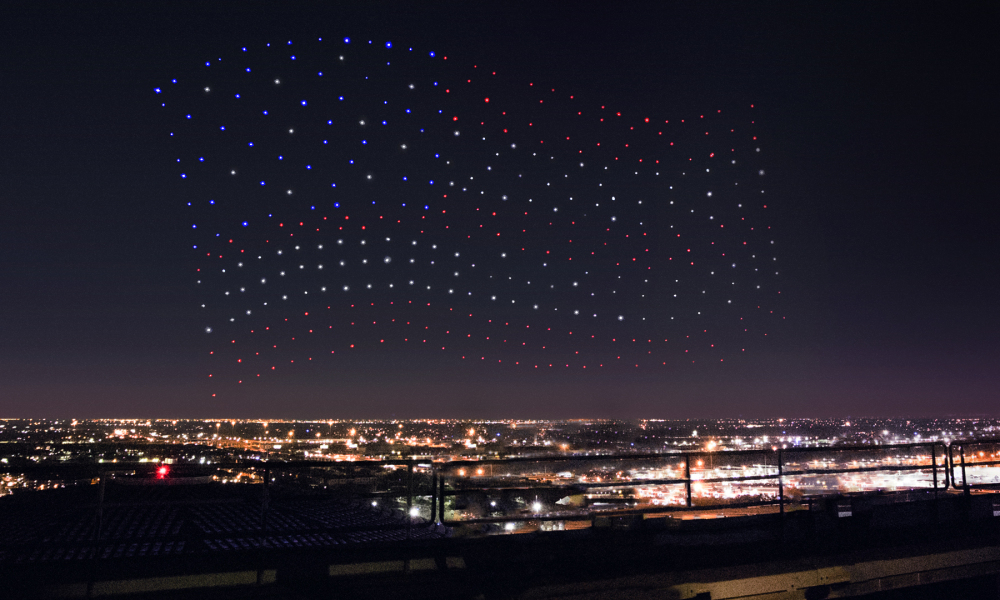
March 6th was National Oreo Cookie Day and to celebrate, the brand pulled a PR stunt. They launched five big Oreo-like drones from NYC and dropped cookies into milk cups on a barge in the Hudson.
Although it was an undeniably creative approach, the video ultimately backfired because the brand revealed how many resources were wasted to produce this video.
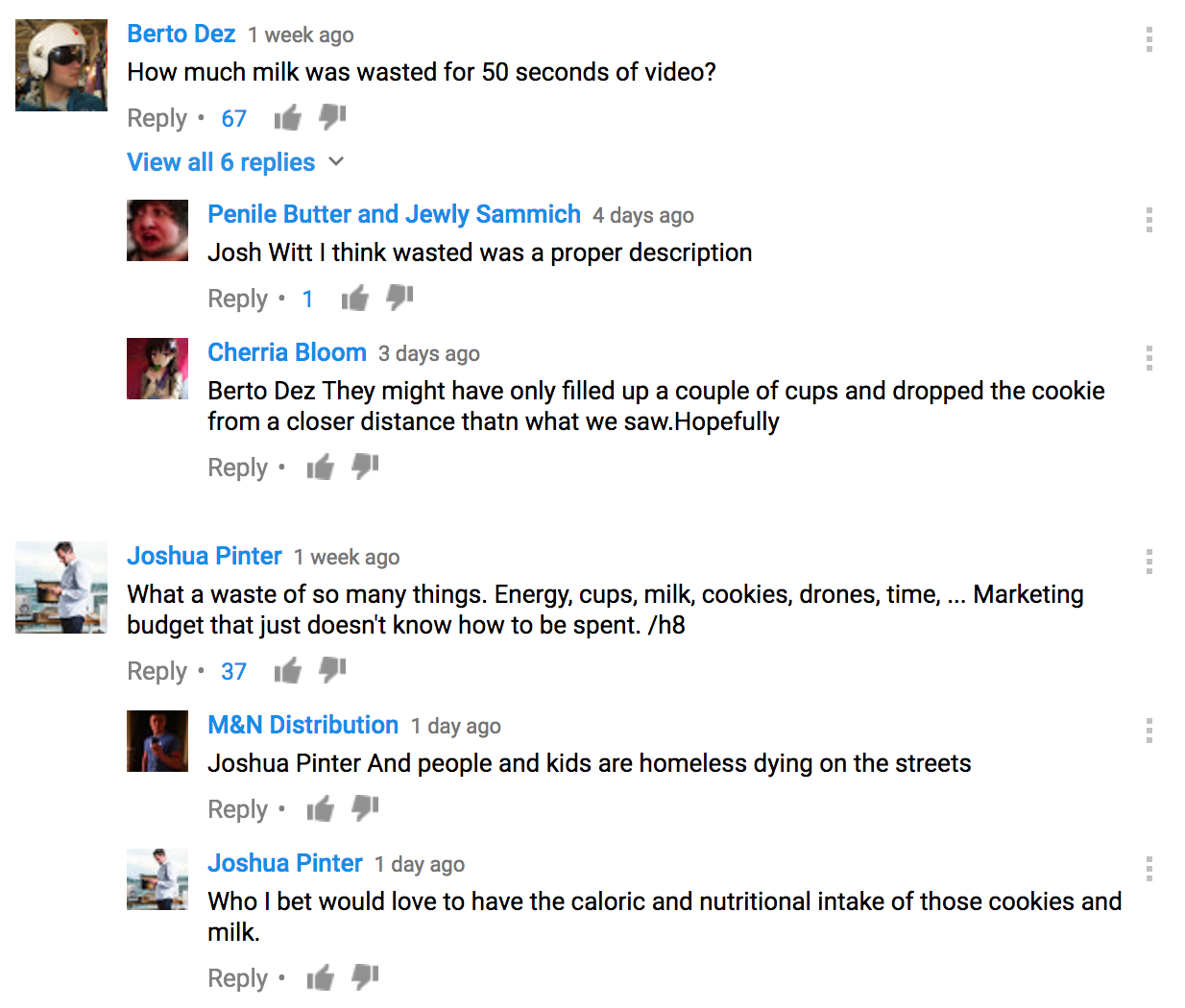
Even in 2015, the drones were used in guerrilla marketing for the sci-fi movie, Fantastic Four. Producer of the film, Marvel studios, was so proud of its character “Human Torch” that they brought the superhero to life using a flaming drone.
To some fans, this was even better than the film itself.
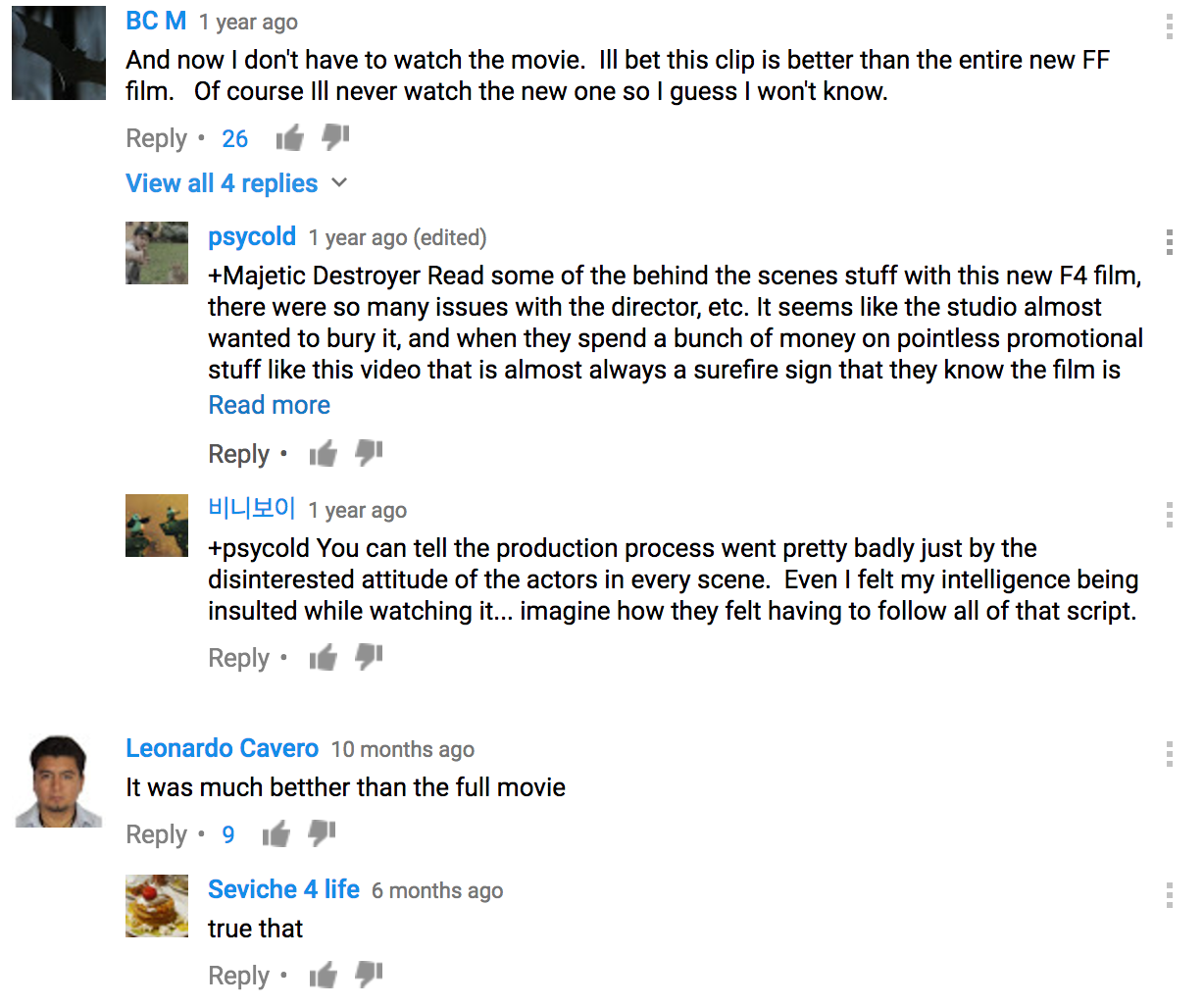
Lexus – the Japanese luxury branch of Toyota – rolled out an “amazing in motion” campaign to highlight the modern design of its cars. In this particular instance, cameras followed the drones as they explored the city at night.
While an interesting idea, the audience agreed that the brand muddled its message in the process.


Drone marketing has also made its debut at large-scale entertainment events. During the Super Bowl 2017 Half Time Show, Pepsi and Intel shared their brands’ excitement using hundreds of drones:

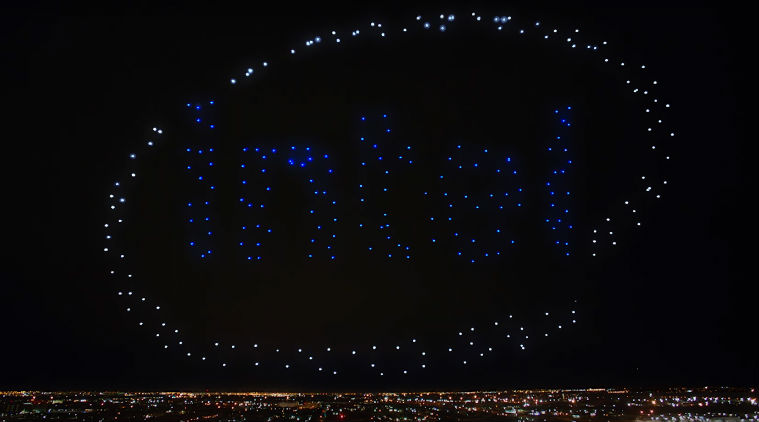
Based on twitter reactions, the future of drones is as bright as their shining lights.

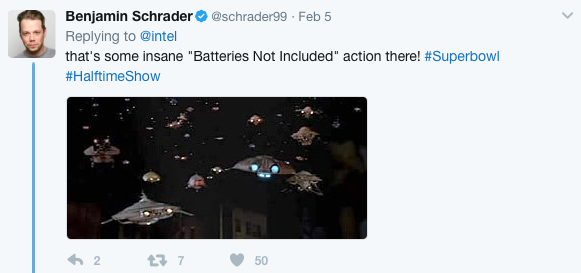

What’s more, for the past April Fools Day, Petco engaged its audience with a “new” app, which provides drone service for dog pooper-scooper.
With this short and simple video, the brand spurred some social discussion and triggered some laughter.


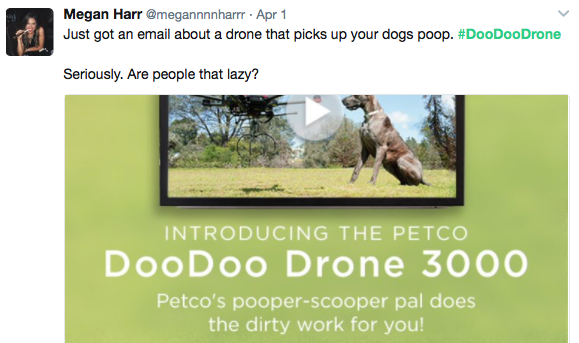

The CBC Way
Last but not least, at CBC, we also try to follow up with the drone marketing trend. This January, we invited editors to Colorado for our Telluride Experience where we enjoyed fresh powder and delicious meals. To capture the experience, we shot video footage using drones of the quaint town and beautiful mountains. As an added plus, the drone perspective depicts our five-day program and destination experiences in a brand new way.
There are still many questions remaining in the area of drone marketing. Our advice: keep your eye on drone technology and prepare yourself for the impossible!
Social media can often be a “love/hate” relationship for brands. In one sense, it allows for positive engagement, communication, and relationship-building between brand and consumer. In another, many take to these platforms to air their grievances. With all this buzz and real-time interaction, brands are expected to be very attentive when counteracting the rapid amplification that can come from negative social conversations.
And like anything – especially in regards to this new era of constant connectivity – we look to the past to plan for the future.
Uniting Against United
Almost 8 years ago, a little band known as Sons of Maxwell was flying United Airlines. It was all great until a band member’s guitar broke because the airline staff was recklessly throwing luggage on-board. After United refused to compensate him for the broken equipment, the band posted a song on YouTube describing their experience. Lucky for the band, this song went viral and was the big break in their career.
Unlucky for United Airlines, they neglected to respond until after the video garnered 150K views. This forest fire of bad PR had an effect on people’s decision in choosing an airline. BBC reported that United’s stock dropped by 10% after the release of the video – a decrease in valuation of $180 million.
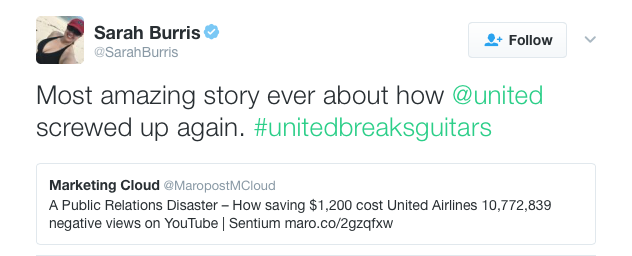
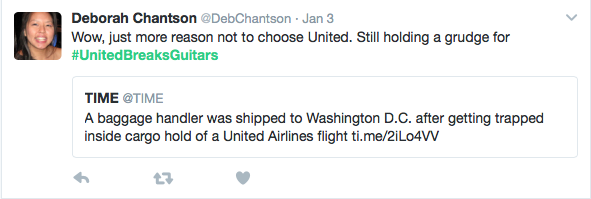
An Uber Lapse in Judgment
Earlier this month, Uber faced a blistering response after CEO Travis Kalanick failed to denounce President Trump’s immigration ban and then continued to serve New York’s JFK airport during a reported taxi strike. The company received adverse reactions on social media. As a result of the hashtag #DeleteUber, 200,000 people deleted their Uber apps and many public voices added fuel to the fire.
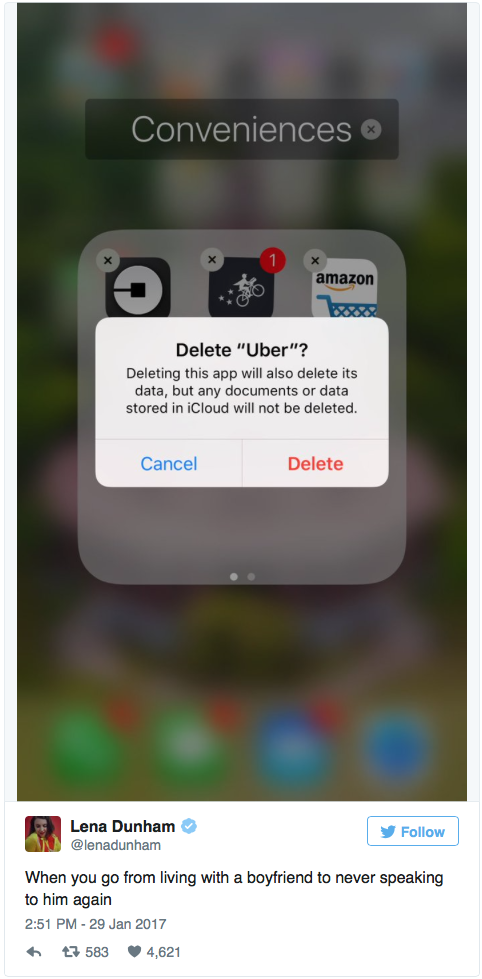
Amid Uber’s silence, Lyft – a runner-up competitor to Uber – capitalized on the opportunity by immediately taking the opposite stance on the immigration ban. They quickly sent out an email to their customers letting them know of the $1 million donation they made to ACLU. Many Uber customers shifted to Lyft after this.
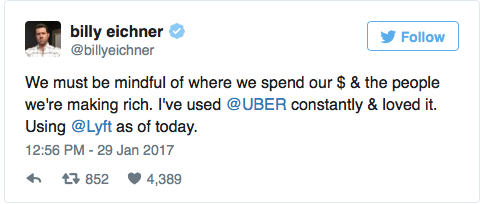
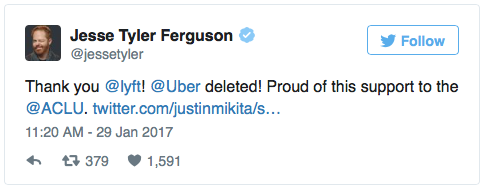
A Salty Reaction to Cinnabon
After the death of famous actor Carrie Fisher, Cinnabon made a controversial move by tweeting the below:

Needless to say, this particular move left a bad flavor in people’s mouths.
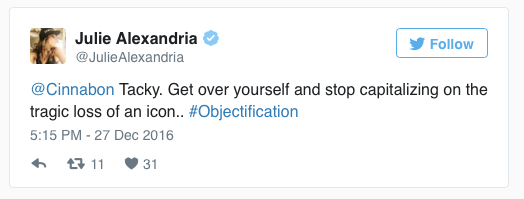
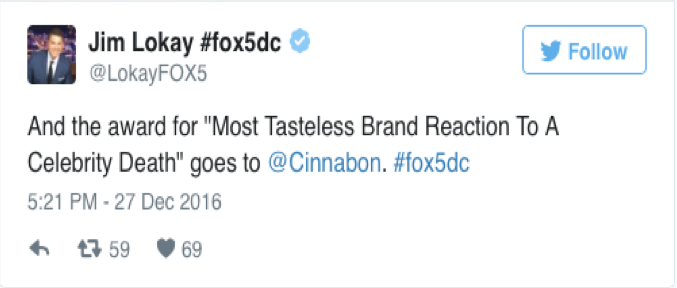
Fortunately, Cinnabon’s PR team was quick and tweeted an apology early the next morning. It’s likely the brand won’t suffer permanent damage.
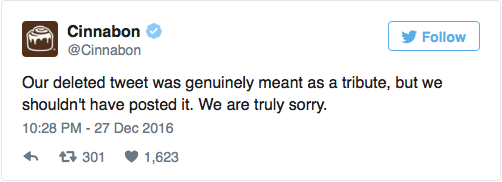
The CBC Way
We at CBC aren’t impervious to the accidental dangers of digital. In late 2016, an ad from our client Garnet Hill appeared on the infamous Breitbart News website. Known for its far-right policies, anti-LGBT messaging, and overall controversial reputation, it’s no mystery why lovers of Garnet Hill were vocal about their disapproval.
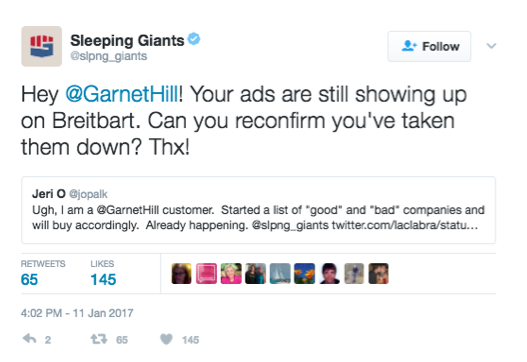

Of course, both CBC and Garnet Hill were not aware of the ad’s placement on the website until it was brought to our attention via Twitter. We immediately pulled the ad, blocked Breitbart, and informed our distressed followers that the situation was handled.
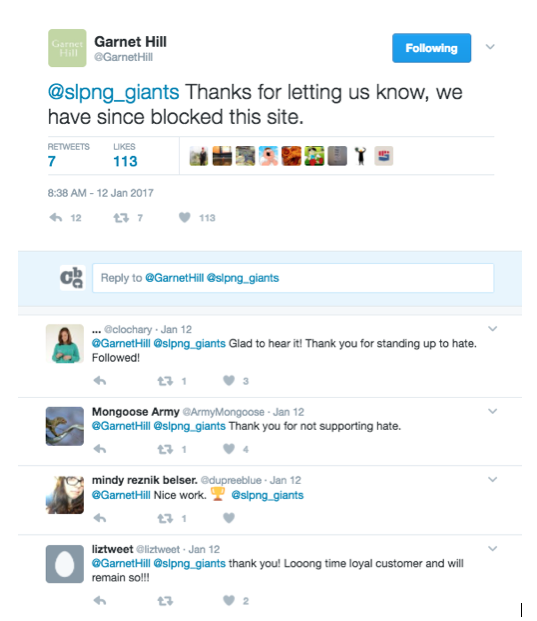
The moral of story: Respond promptly, show genuine concern and value your relationship with your consumers. It takes years to build a brand reputation and seconds for it to crumble.
All advertisers strive to produce great work that goes beyond selling and becomes viral entertainment that consumers talk about for weeks. But then what?
Many have gotten into the habit of cranking out one campaign after the other, without too much diversity in-between. But in the pursuit of staying fresh, they lose the longevity of their brand identity.
This is where Transmedia storytelling comes into play.
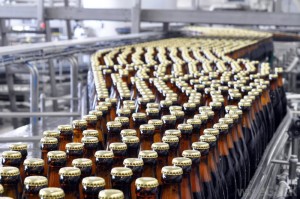
source: Wise Geek http://www.wisegeek.com/what-is-mass-production.htm#
Transmedia storytelling is simply defined as “telling a story across multiple media” and thrives off audience engagement. Different media forms work together to create a larger, more engaging story that immerses the consumer in the brand.
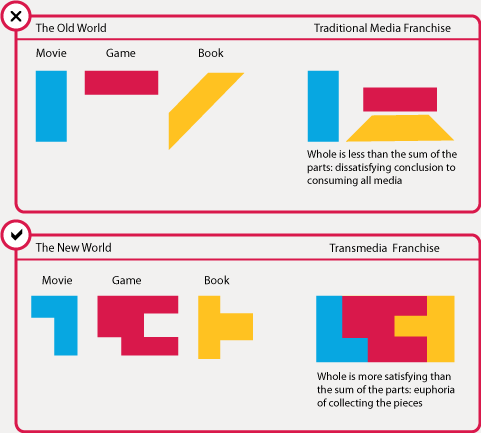
Traditionally, media franchises (like Harry Potter and Star Wars) have brought this technique to life by building off the original content with related games, toys, theme parks, etc. This results in a natural build of brand awareness and loyalty.
Progressive
Perhaps the best example of a brand using transmedia storytelling happened in 2008 when car insurance company Progressive brought out Flo, the quirky saleswoman who has since become the face of the brand.
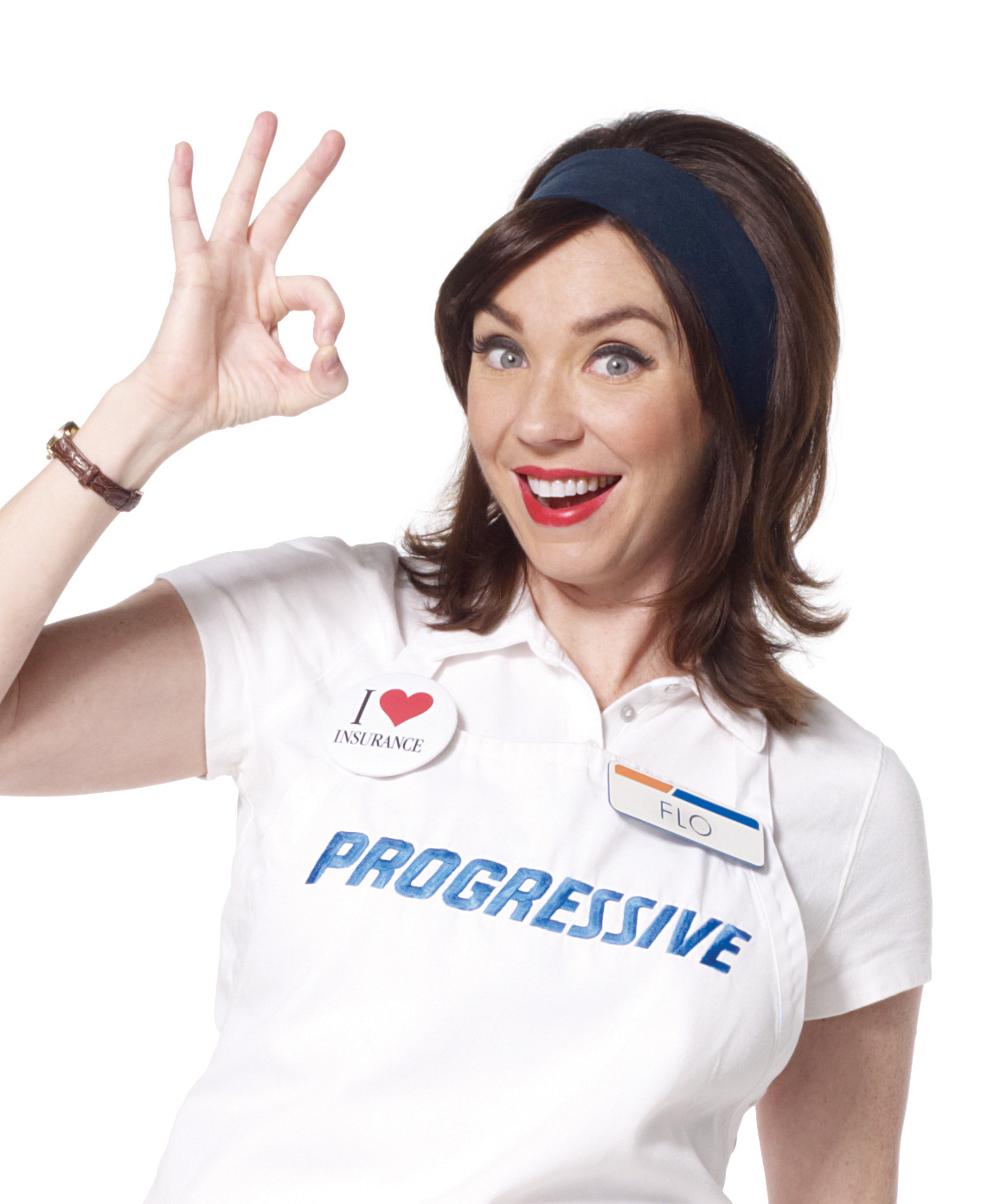
Over the last nine years, Flo has appeared in over 100 commercials, has her own bobble head, a Halloween costume, and even has a role in the racing video game ModNation Racers.
Flo’s ability to transcend traditional marketing mediums has helped Progressive appeal to the elusive younger audience.
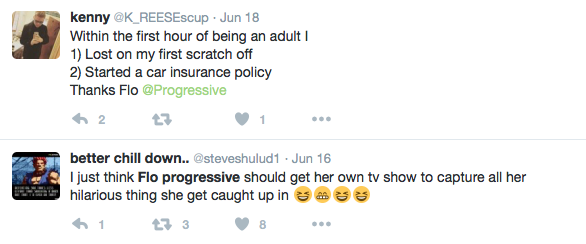
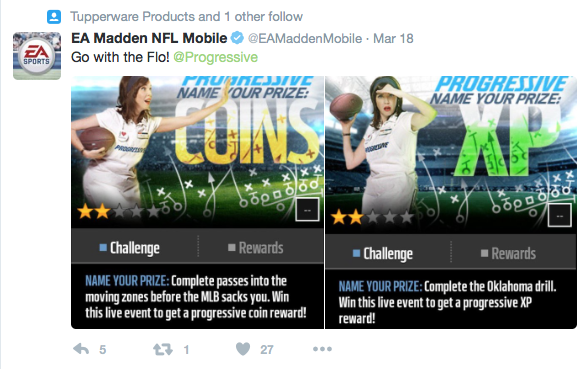
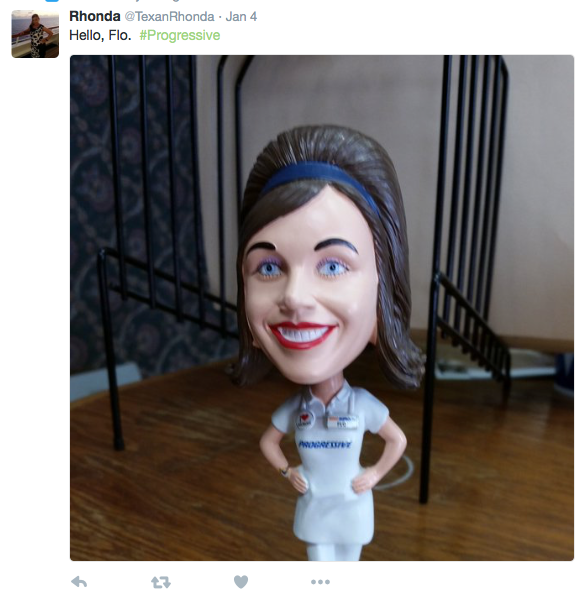
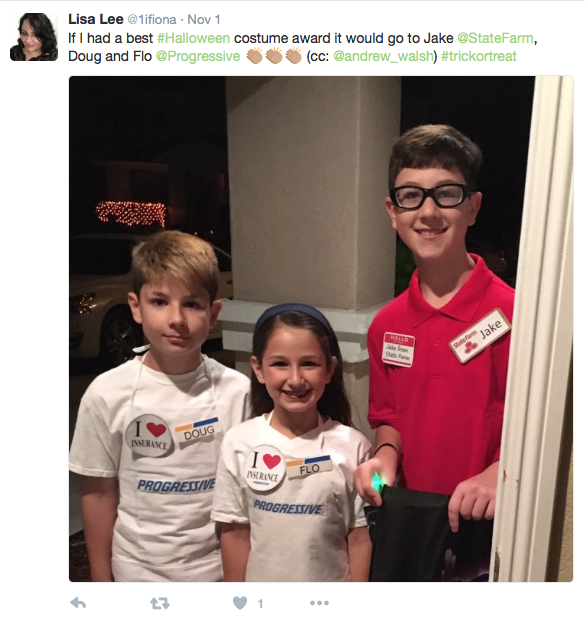
Melbourne Metro
PSAs have a bad reputation. So when Melbourne Metro had to release a PSA for train safety, they seized the opportunity to break the monotony usually associated with PSAs by using transmedia storytelling.
The campaign started with a catchy jingle but has since expanded to an iPhone game, plush toys, and figurines.
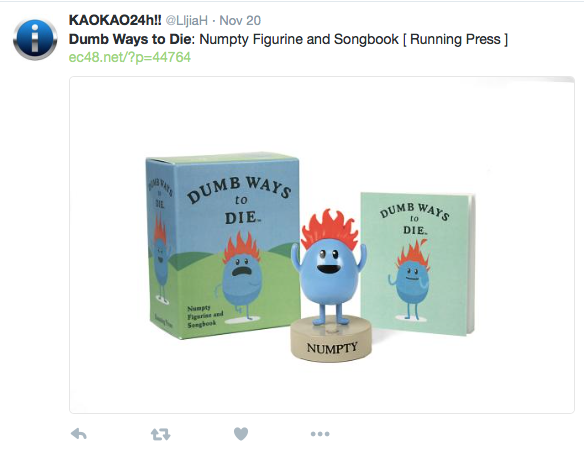
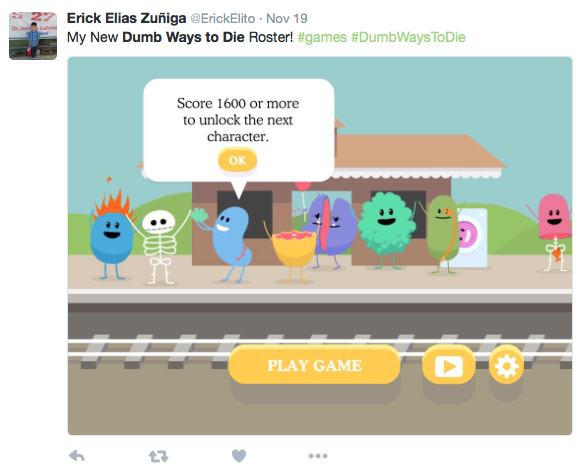
When executed well, transmedia storytelling can extend the lifetime of a campaign and strengthen brand identity.
Consumers are inundated with advertisements. While the exact number is impossible to pinpoint, the head of Kantar Futures, Dr. J Walker Smith, and other sources have cited that a person sees up to 5,000 marketing messages a day.
What does this mean for advertisers? Traditional marketing techniques no longer cut it. Consumers tune out the “seen it before” promotions as white noise. In order to capture the interest of consumers, marketing needs to anticipate their expectations and then disrupt them.
In Digital
Using Ad blockers has become common practice. Netflix recognized this trend long ago and found a clever way to use it to promote their original show, Black Mirror. Advertising via a technology designed to eliminate advertisements was a brilliant move. The campaign also fit with the show’s eerie tone, which resonated well with viewers.
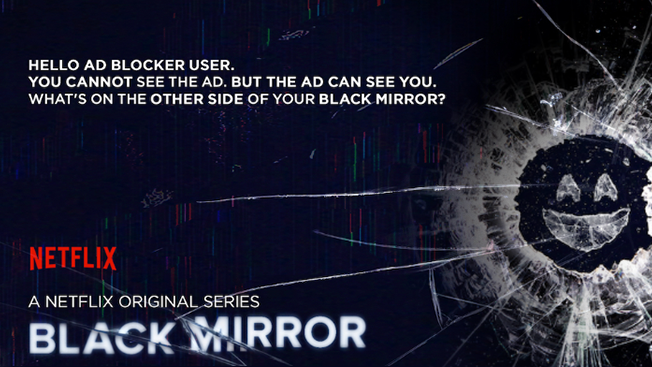


In Print
Print has always been a fairly straightforward medium. That’s why we especially loved to see Chambord blow our expectations out of the water with their print series, “Because No Reason“. The blunt tone of the campaign caught consumers’ attention, and the nod to “impulse purchases” appealed to shoppers. Brownie points, because the campaign also went viral on digital.



In Broadcast
Everyone skips YouTube pre-rolls; it’s just a fact. Instead of trying to manipulate consumers into watching a longer ad, Geico recognized the irritation and adjusted their ads to fit within five seconds. Their humorous “unskippable ads” understood that consumers just want to get to their content quick and dirty. The ads were so popular that consumers even went so far as to seek out the uncut versions.
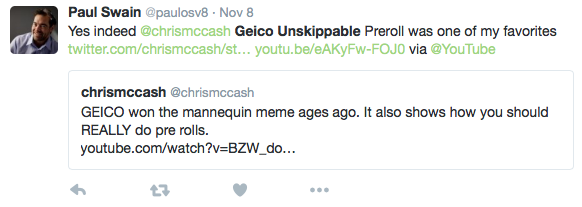
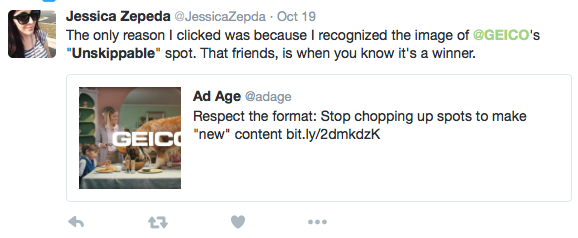
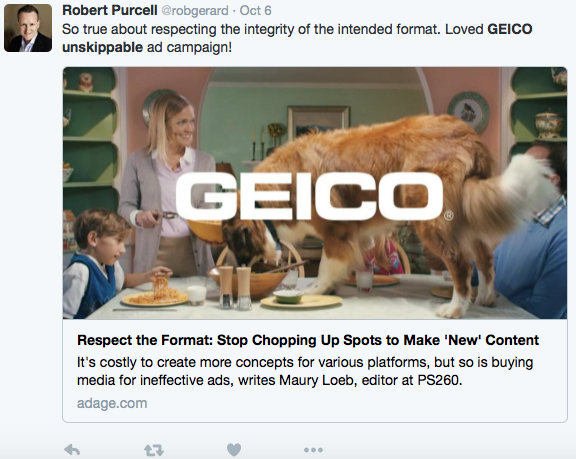
Product Packaging
We at Cercone Brown know you have to get creative if you want to grab consumers’ attention. That’s why we were all over it when our client, Backyard Farms, asked us to rethink how they package their delicious tomatoes. We conducted focus groups in Maine and Boston to hear what their customers had to say about the brand. This consumer feedback served as inspiration for the package design below – a signature branding of Backyard Farms that customers have loved ever since!
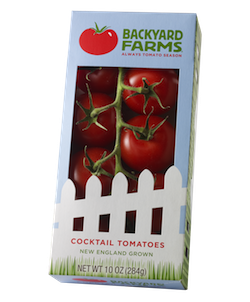
So what do all of these brands have in common? They embraced the modern way consumers interact with advertising spaces rather than trying to force a cookie-cutter message. The result: content that consumers actually seek out.
Over the past decade, we have seen tremendous strides in advertising diversity, from gender to religious beliefs. However, let’s not pat ourselves on the back just yet. There is still so much room for more progress in attaining equal representation of these marginalized groups.
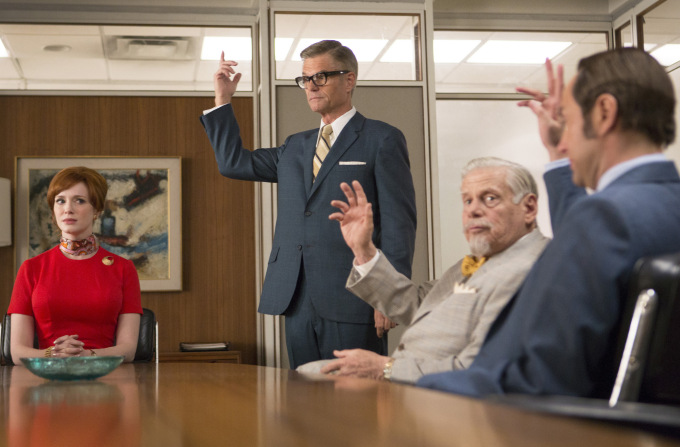
White male dominated agencies, like in the show Mad Men, still exist today.
Photo Credit: from Justina Mintz/AMC
Why Agencies Benefit from Increasing Diversity in their Workforce
At its most rudimentary level, advertising and marketing campaigns are meant to capture the attention of audiences. We do that by creating content that is relatable and strikes a universal chord. For minority demographics, we believe the best way to create content that resonates is to let them tell the story.
Agencies without a diverse staff are more limited in their understanding of their various target audiences.
With so many talented individuals from diverse backgrounds, why should we make our jobs harder by excluding their voices? We should embrace a breadth of perspectives as a way to stimulate industry progression and inclusivity.



As Pepsi Co. Executive Brad Jakemen puts it, “Innovation and disruption does not come from homogenous groups of people. Quite the opposite. They come from collections of people with different life experiences coming together with a different perspective on the world. Different ages, races, sexual orientations trying to solve a problem from a different standpoint.”
Brands Pushing for Change
A few brands – including Pepsi Co., Verizon, HP, General Mills – have spearheaded this initiative by pressuring their agencies to hire diverse individuals. They’ve asked agencies to propose plans for how they will boost representation at all levels within their workforce.
The SMO for Verizon, Diego Scotti commented in a New York Times article that, “Marketers are expected to have a deep understanding and insight about their markets, about decision makers and about customers. We are more likely to create solutions that amaze our customers if our workforce and suppliers represent the communities we serve.”
We at CerconeBrown applaud the steps these brands are taking, but recognize there is still progress to be made. When new and unique perspectives are brought into the creative process, everyone wins.
Over the course of eight days, 20 editors, bloggers and journalists from top-tier publications attended Cercone Brown’s 11th annual Fall House in Santa Barbara.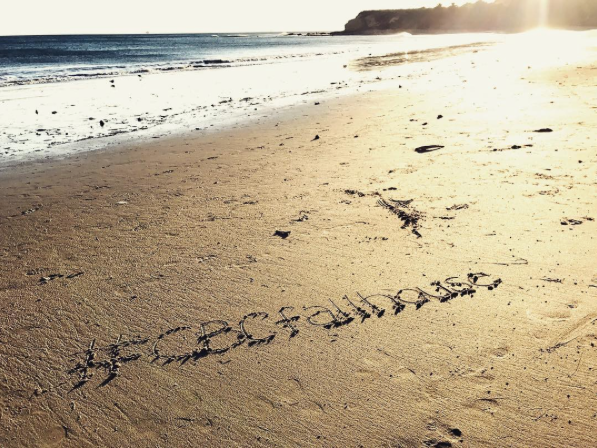
From October 16-24, attendees from publications like People, The Huffington Post, and SELF immersed themselves in the Santa Barbara County lifestyle as they lounged by the pool, explored picturesque California beaches, and participated in adventurous excursions all hosted by our brand sponsors.

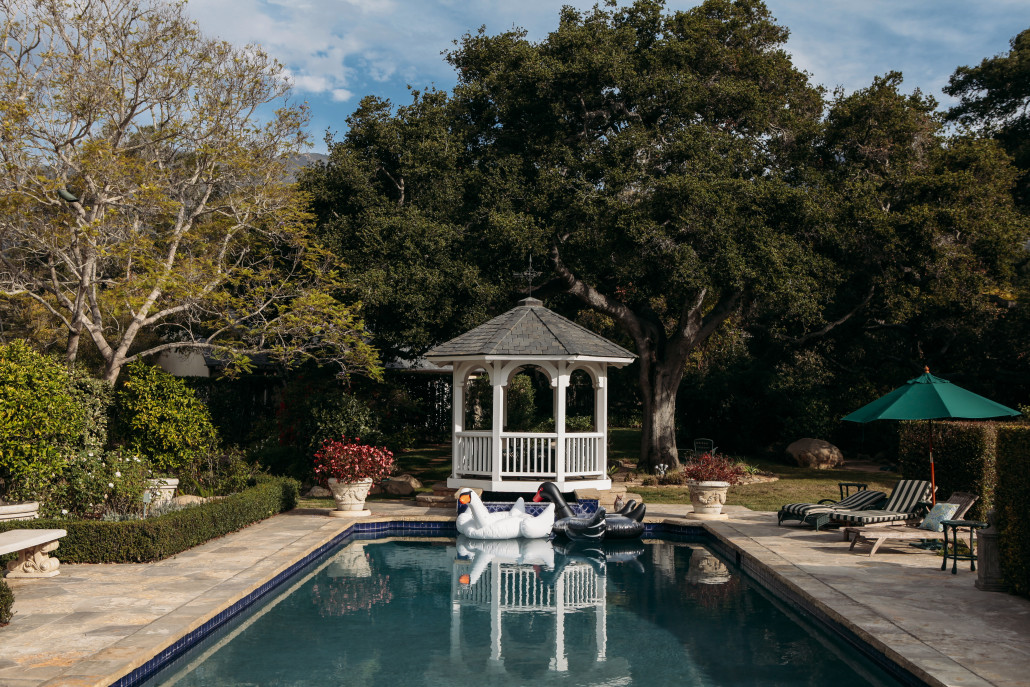
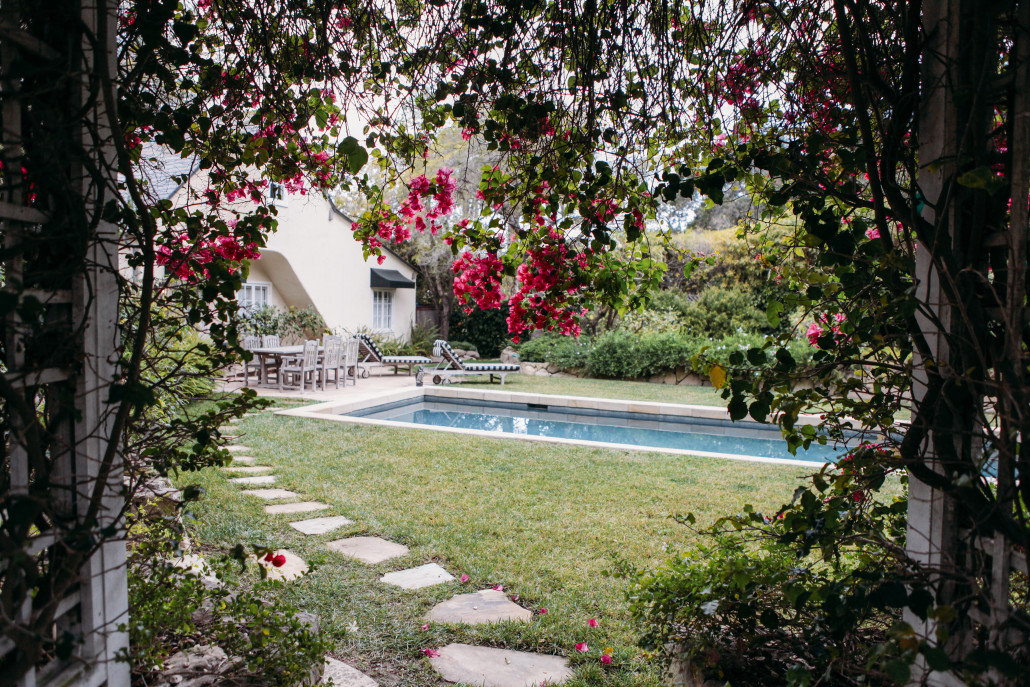
This year, brands like Buick, Miraclesuit, and Lather organized unique brand activations and experiences. The key to our success with our House Programs, we let the products speak for themselves. Buick kicked off the 2016 sessions with an iconic, self-guided road trip down the Pacific Coast Highway while Mircaclesuit hosted a pool party at the house.
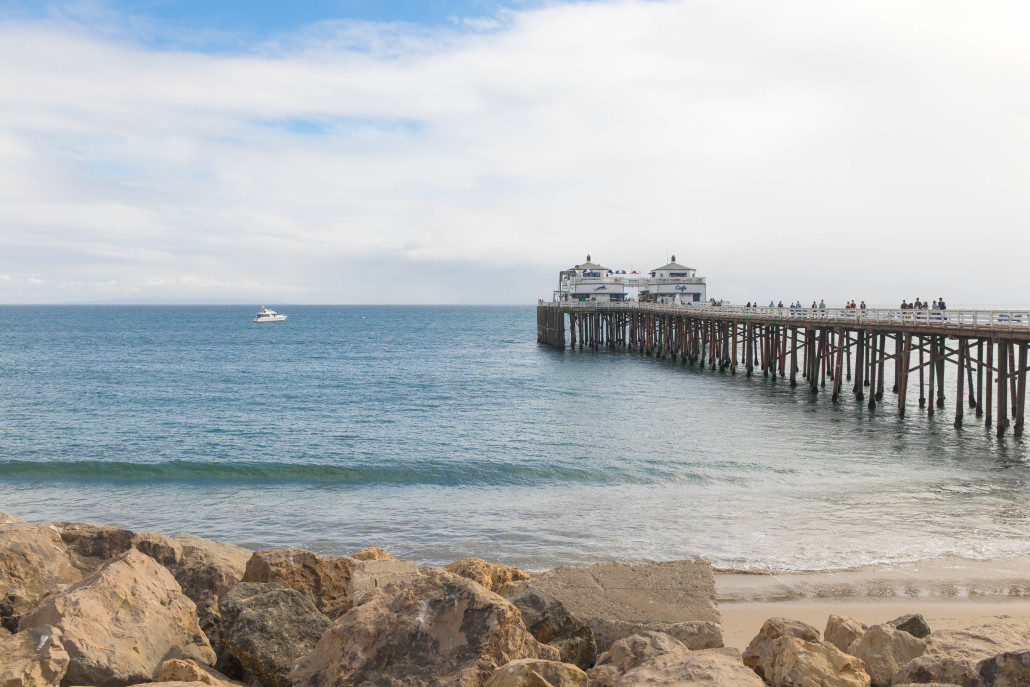
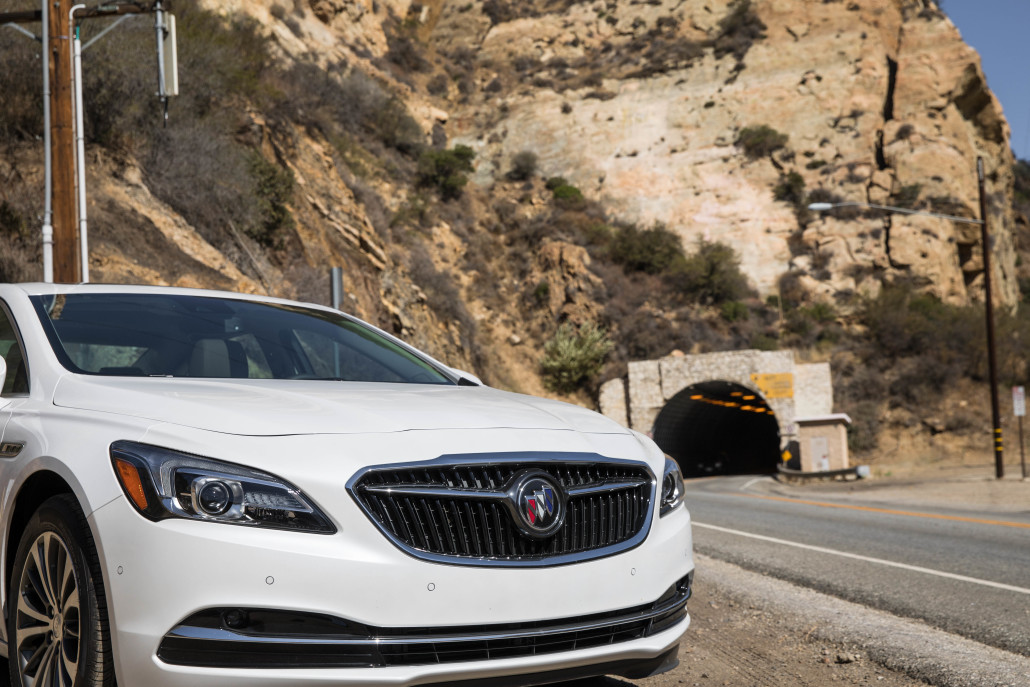

After all the excitement, Lather helped the editors unwind with facials and massages.
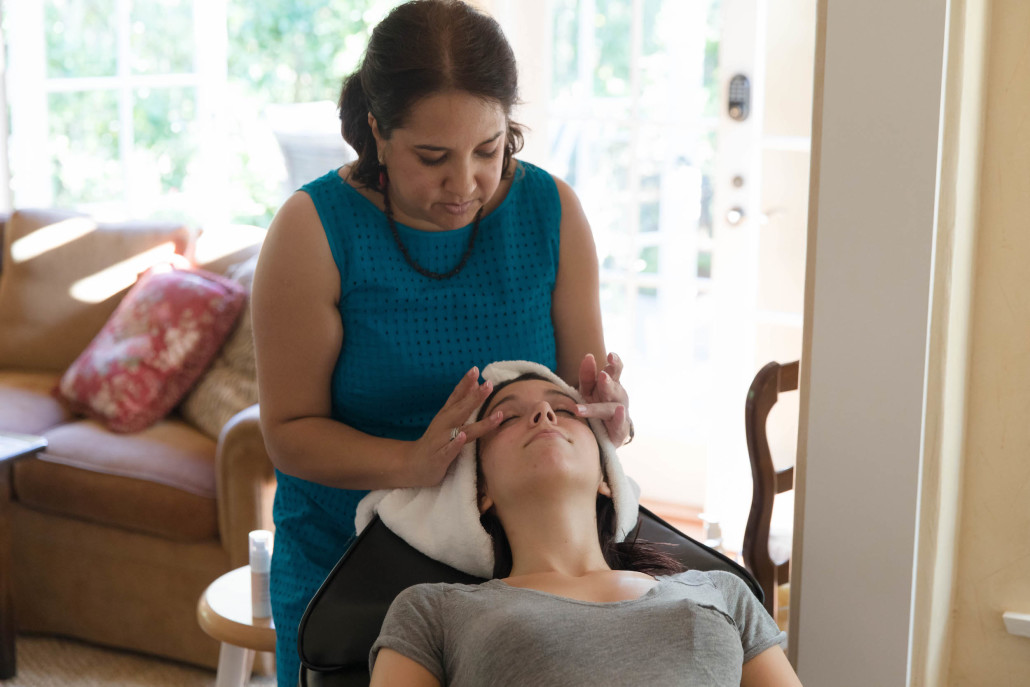
Other brands like Sabra and Jackson Family Wines indulged the media influencers with delicious food and cocktails throughout their stay. They were even treated to a mixology class with blogger and author of This Girl Walks into a Bar, hosted by Bolthouse Farms.
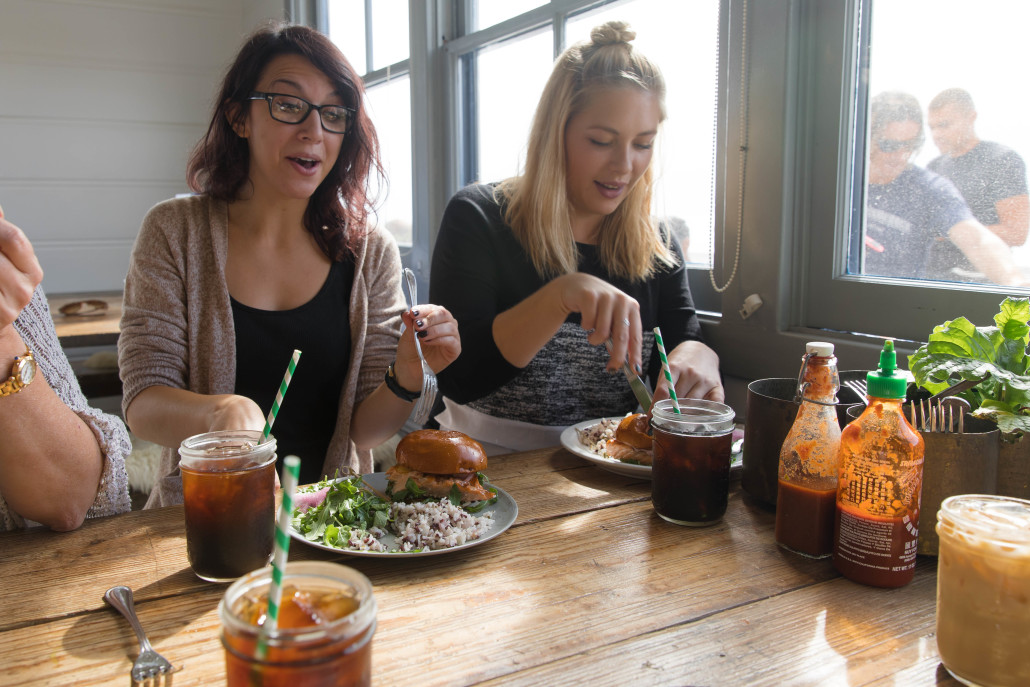
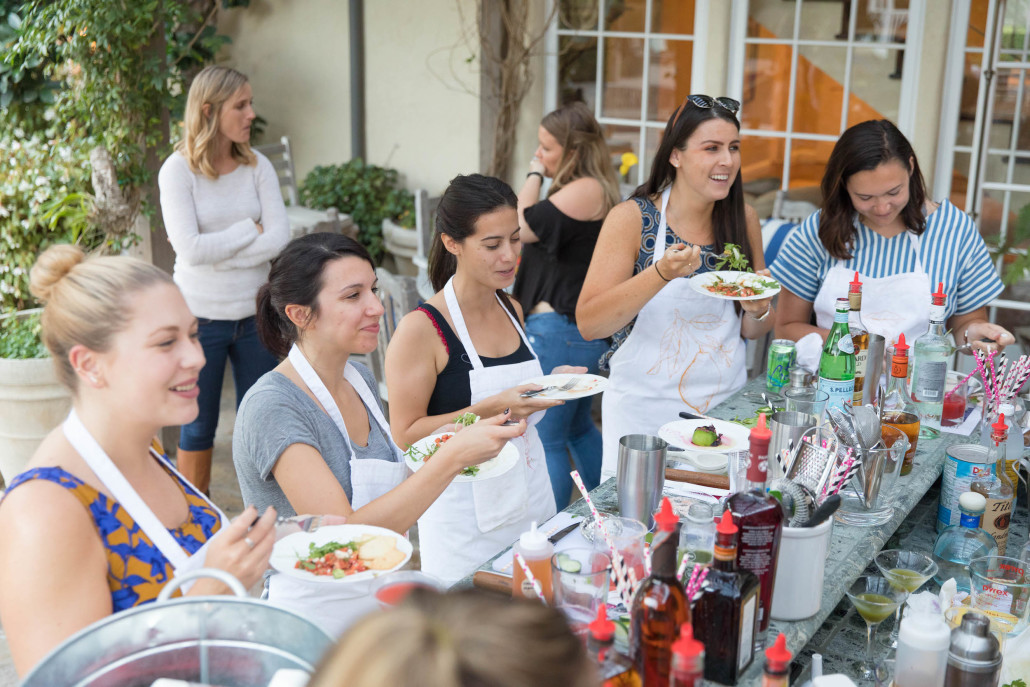
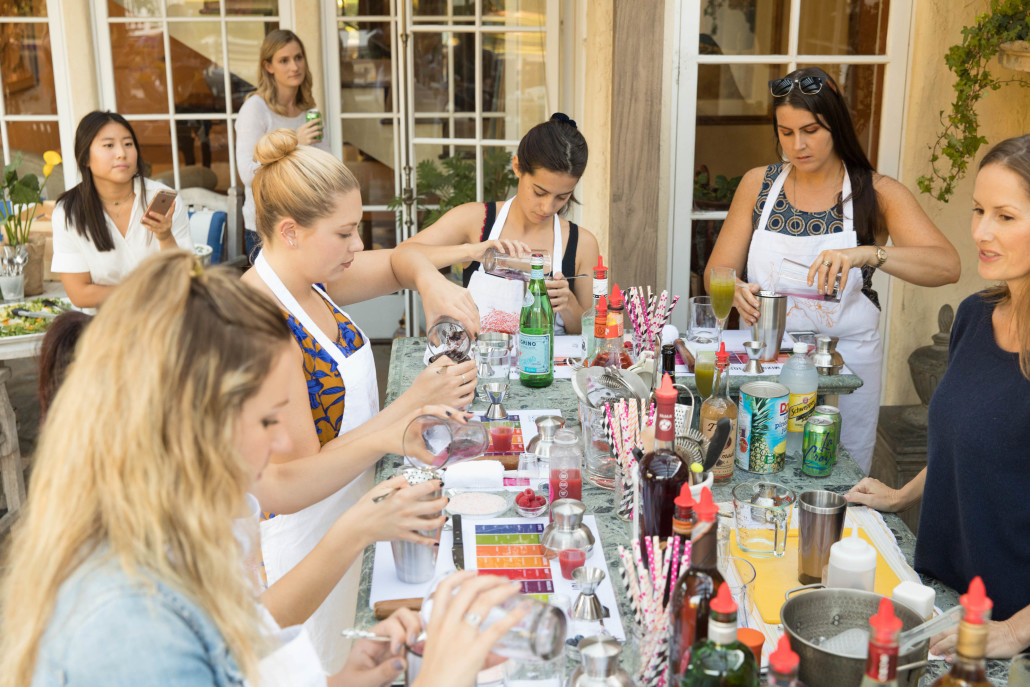
While Fall House is certainly fun for media influencers, it also encompasses a series of tailored experiences designed to give each brand meaningful exposure to media in a natural setting. Editors are experiencing a product in the way it is intended to be experienced – and without being clouded by the competition as each brand is offered exclusivity in its product category.
But enough about what we thought of Fall House – let’s let the attendees speak for themselves:
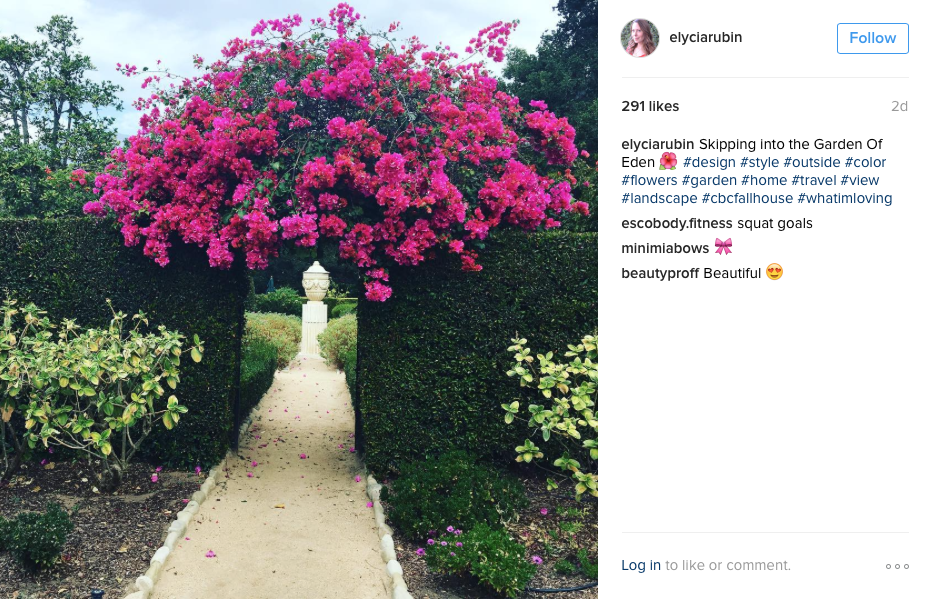
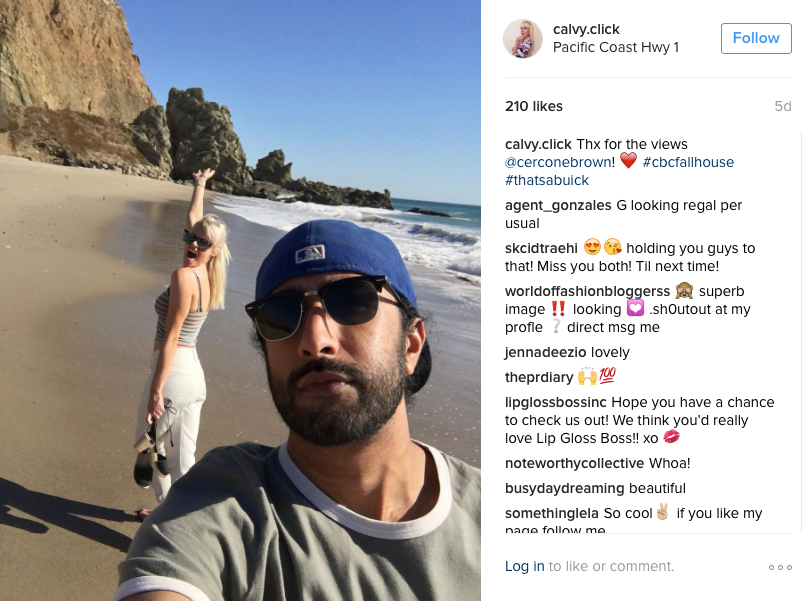
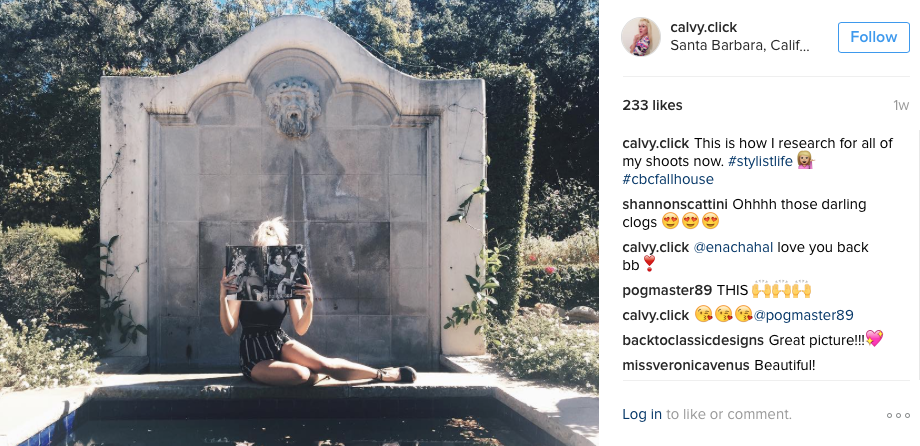
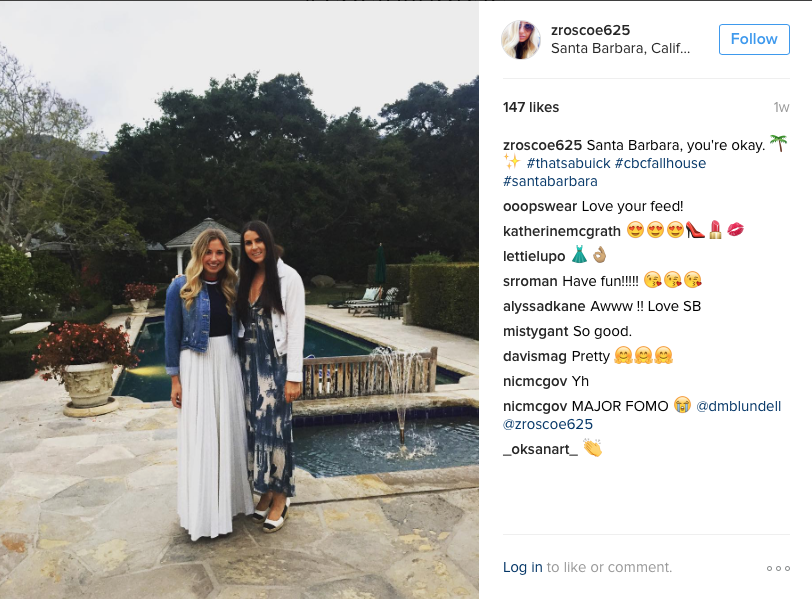
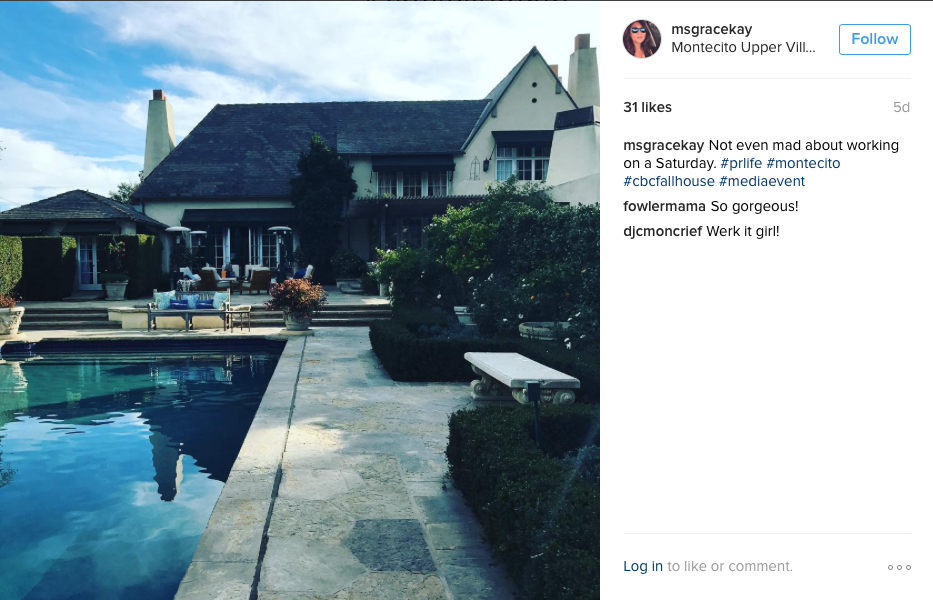
Check out all of the social buzz from Fall House online at #CBCfallhouse.
Controversy was sparked last year when Target went gender neutral with some of its products; with it came an important conversation amongst brands about the potential pitfalls of playing into gender stereotypes.
Many consider gender to exist on a spectrum rather than a male-female binary, causing brands to realize that consumers are more complex than gender stereotypes might suggest. The result: brands that are more inclusive of all gender identities.
At Cercone Brown, we’re calling this a “Marketing to Humans” revolution.
THINX
THINX, a brand that sells underwear specifically for a person’s menstrual cycle, is challenging gender norms with its “People with Periods” campaign. The ad features a transgender man, suggesting that females aren’t the only ones who would benefit from their products.
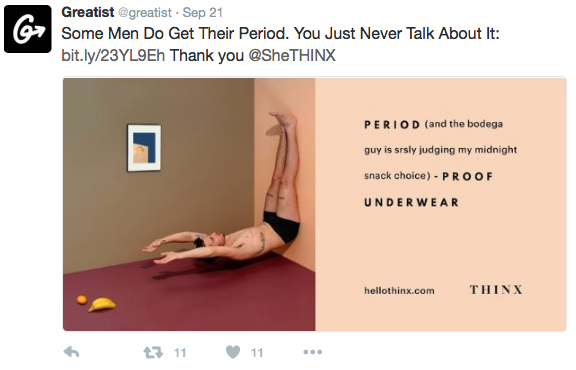
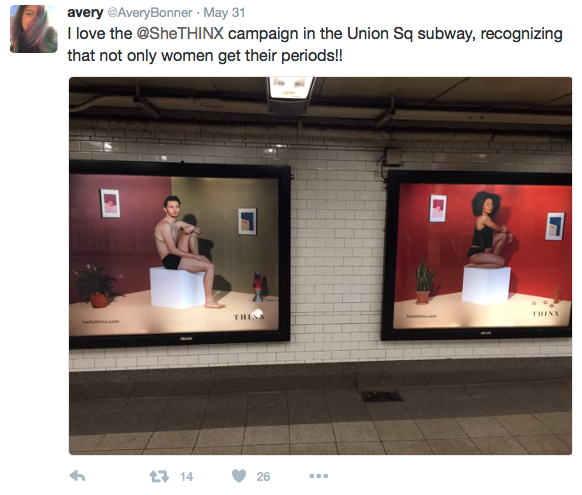

ZARA
Many high-end fashion lines strut androgynous – gender-neutral – clothing on the runway, however, ZARA is one of the first clothing brands to make this look mainstream with their “Ungendered” collection.
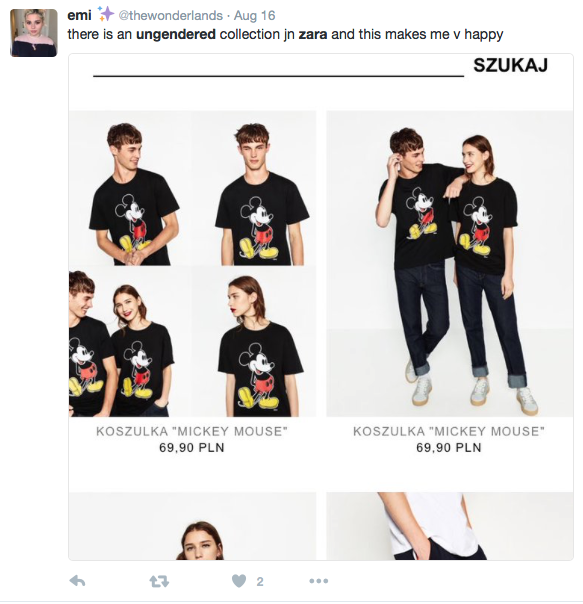



Covergirl
Makeup isn’t just for ladies anymore. Covergirl has introduced 17-year-old social media darling James Charles as their first ever CoverBOY.
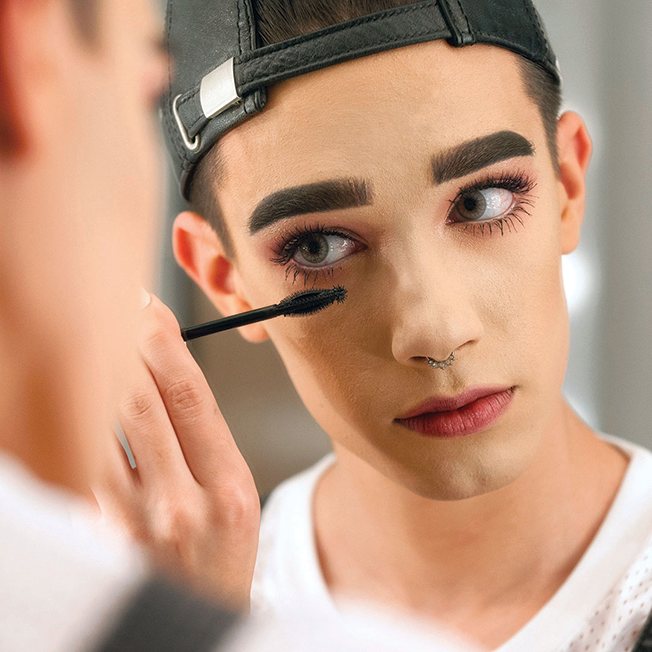
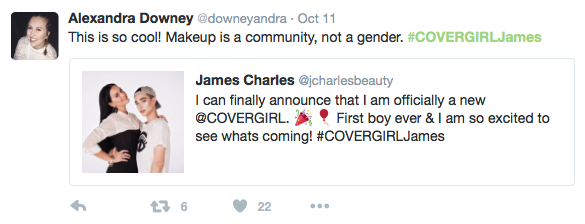
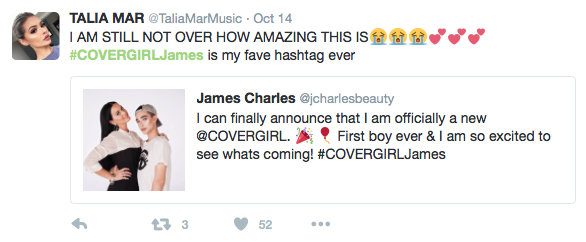
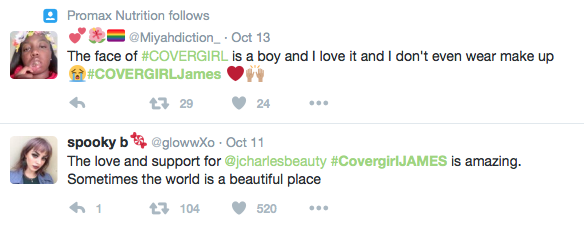

Veritas Genetics
We at Cercone Brown are joining this movement to remove gender stereotypes from marketing, particularly through our work with Veritas Genetics – a whole genome sequencing startup that also markets tests for breast, ovarian, and other cancers by testing for BRCA mutation.

A mutation on the BRCA chromosome can increase the risk for breast cancer in both men and women. Among our many objectives is to build awareness that both women and men are at risk for breast cancer.
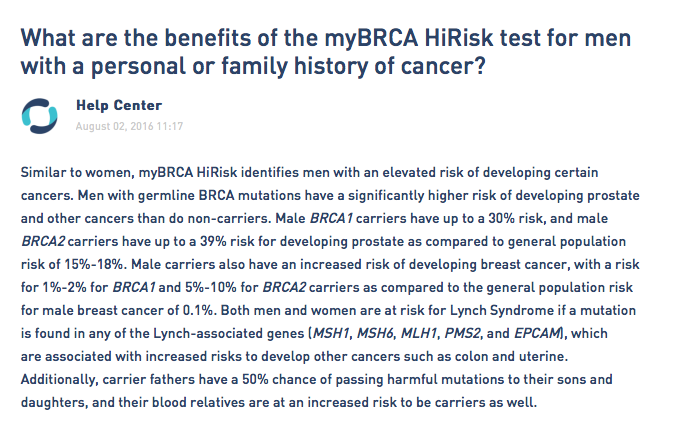
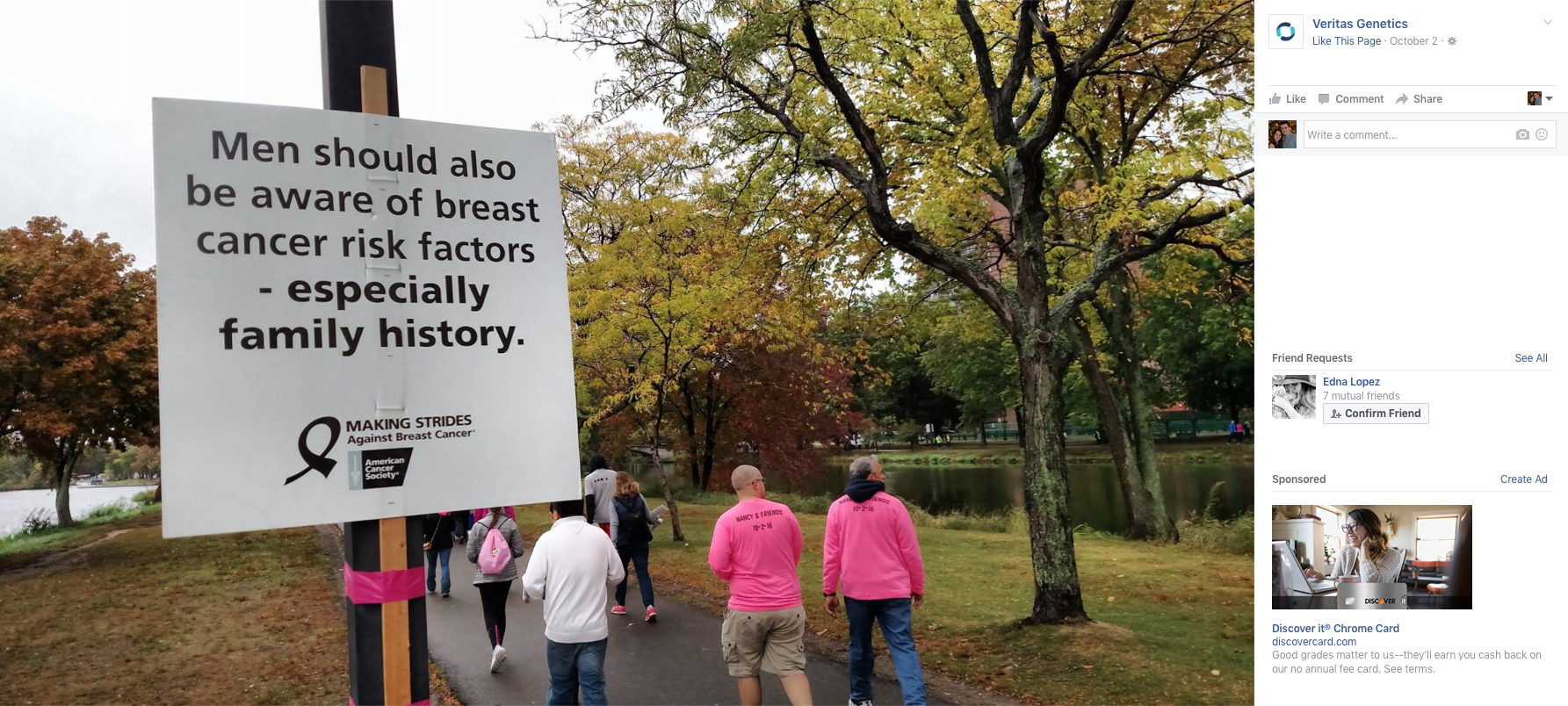

There is still a long way to go until marketing is truly intersectional and representative of all identities, but these brands are helping lead the march towards progress.
Public relations and advertising campaigns draw attention to brands. But what if those campaigns focused on more than just the brand’s products or services? What if they went the extra mile?
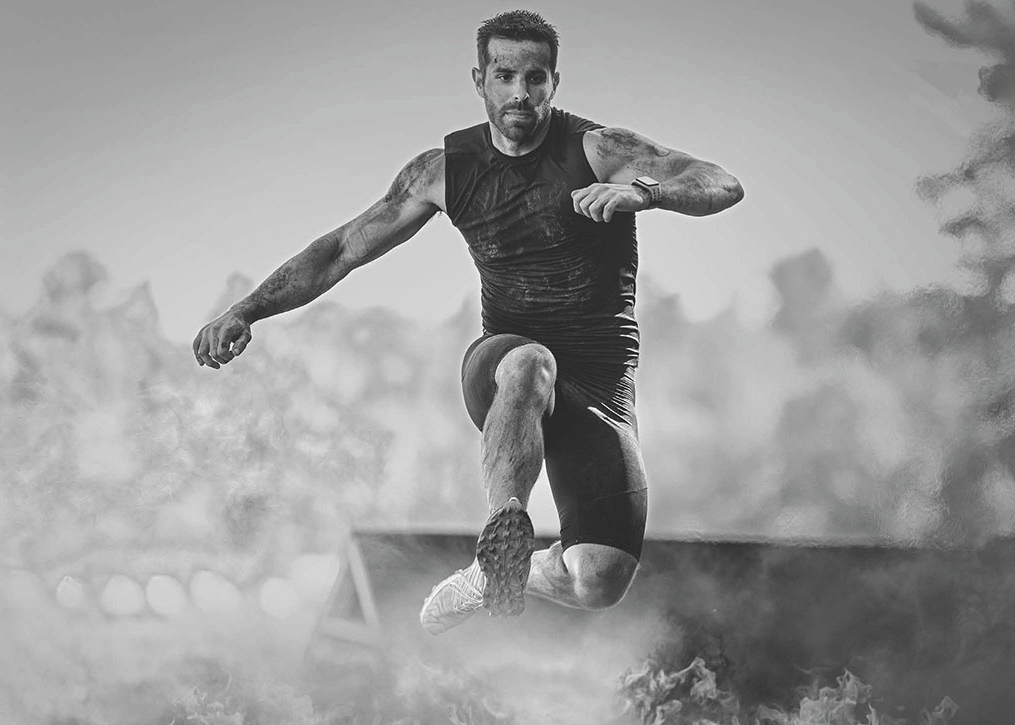
Civic Publicty
Civic marketing and publicity is a combination of public relations and civic engagement occurring when brands use their notoriety to rally people in a community to address an issue or do some good. It’s more participatory – the brand goes beyond drawing awareness and support for the cause to play a more active role in the process.

Photo Courtesy of Gustavo Brazzelle https://creativecommons.org/licenses/by/2.0/
Heineken’s “Cities” Campaign
Heineken offers a prime example of civic publicity in their “Cities” campaign. They turned to consumers to crowdsource ideas for projects in New York, Los Angeles, Chicago, Houston and Honolulu. With the help of crowdfunding platform Indiegogo, they will raise money from their communities for these projects, matching up to $20,000 in each city so that they can put their plans into action.
The campaign kicked off this September with a re-imagination of the abandoned Miami Marine Stadium.
In the past, Heineken has taken the lead on projects to improve cities. They made music from turnstiles in New York and made the Golden Gate Bridge light up with sound in San Francisco.
But now they are giving consumers control over their projects, and by doing so they are shifting their focus public relations towards civic publicity. Consumers now have the chance to their voices heard, allowing for an active role in directing change. The result of this shift: positive publicity and loyalty to brands.



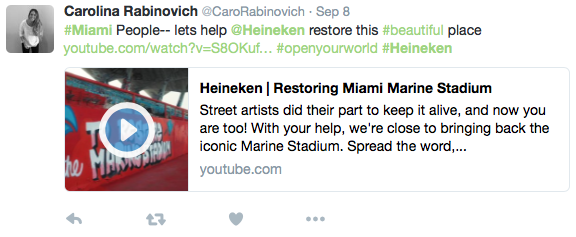



How CBC does Civic Publicity
We at Cercone Brown know the importance of raising awareness for worthy causes, which is why we’ve worked on public relations campaigns for brands like AMPSURF, the Red Cross, and many more in the past. We work with Brands on a Mission and a big part of that mission is to bring people together to benefit our communities.
For brands that want to have a lasting impact, one thing is important to know: people remember experiences, not products.
Why it’s Important
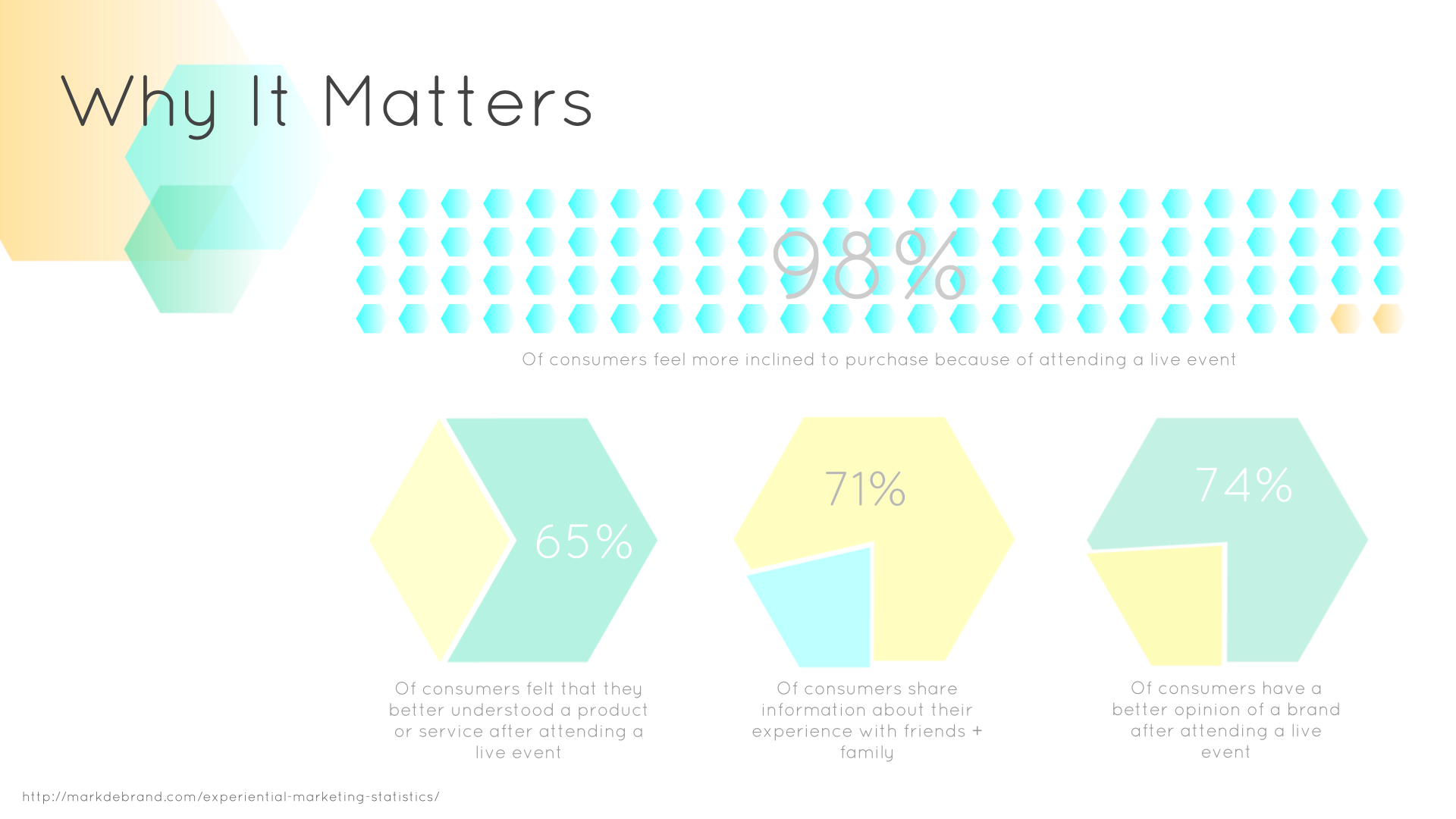
Experiential marketing and branded entertainment immerse consumers into brands, forming positive associations and sometimes inspiring them to become brand influencers.
Through events and other branded entertainment, you give the consumer a tangible experience so that they will remember your brand. When they go to make a purchase in your category, they’ll remember that experience.
How you can implement it
The types of events and branded entertainment you host can range from strictly informative to wildly creative. Many brands set up booths at trade shows and other events to give consumers a more personal, in depth interaction with their brand.
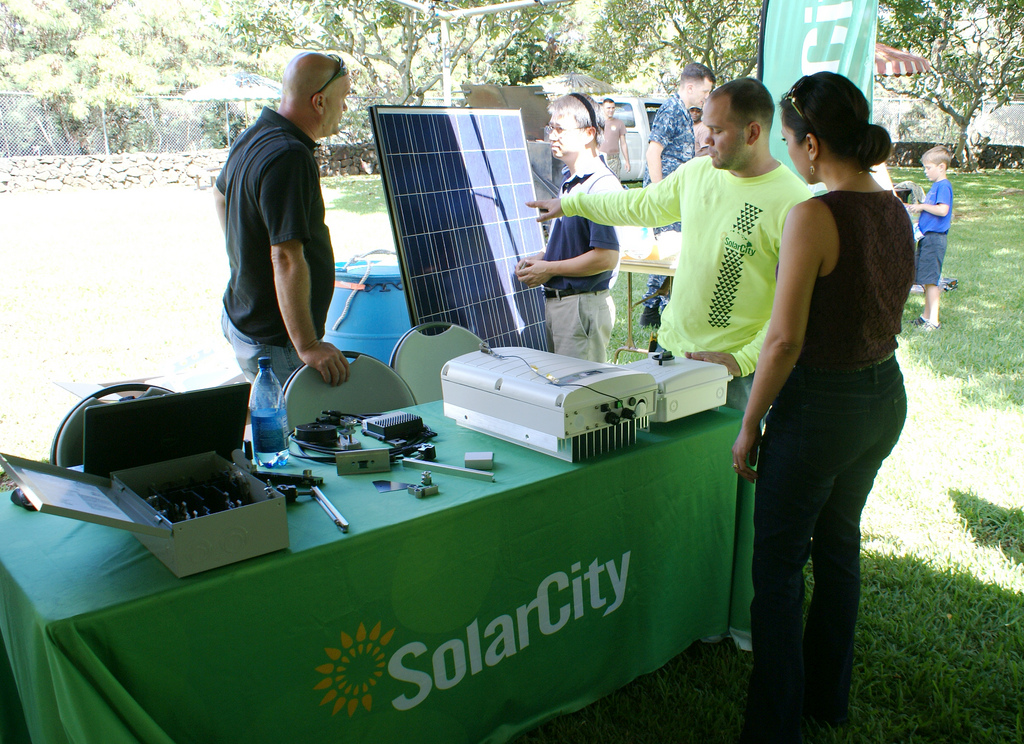
image courtesy of Krista K. Catian, NAVFAC Pacific Public Affairs https://www.flickr.com/photos/navfac/10461564004
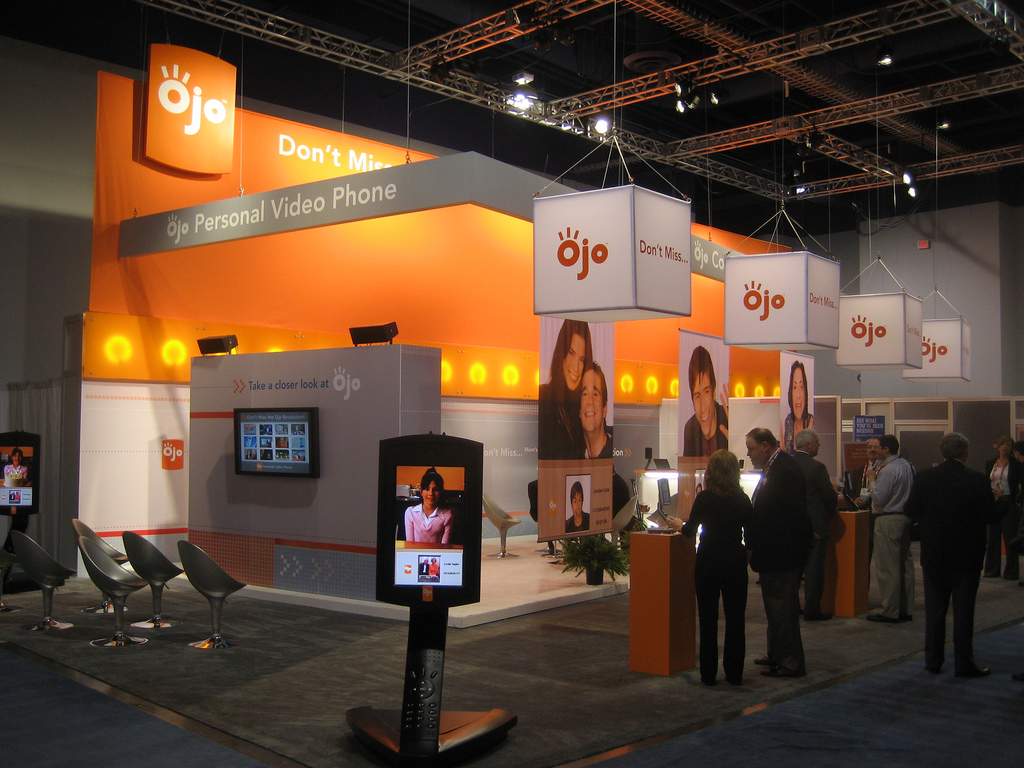
photo courtesy of Nick Gray https://www.flickr.com/photos/nickgray/358452789
Some brands try to reimagine the way consumers engage with their product by putting on interactive experiences.
It’s also important to leverage social media. Posting builds buzz and creates an online community to share the great experiences they had with your brand.
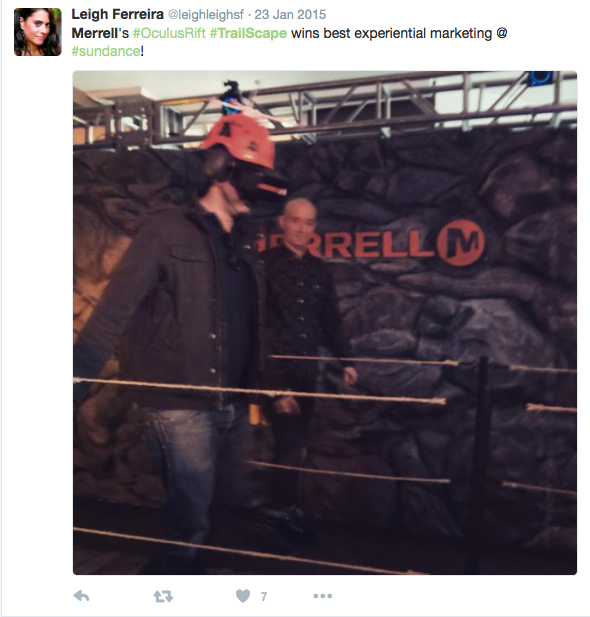

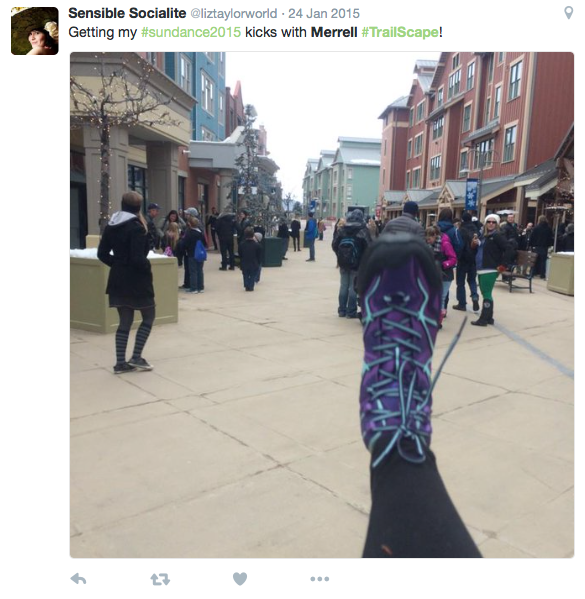


Follow Our Lead
We at CerconeBrown know just how important experiential marketing and branded entertainment can be. That’s why we frequently help hold pop up shops, mobile boutiques, and special events for our clients. Additionally, we host our House Programs multiple times a year, where influencers get mini vacations at locations across the country, allowing them the opportunity to engage with our clients’ products. We know that they may forget an ad, but they’re sure to remember an experience.
As consumers continue to expect things at the click of a button, certain brands are capitalizing on the advantages of this and positioning themselves at the forefront of this trend.

Picture Courtesy of Pexels
Over the past few years, several services have emerged that allow consumers to get everything they need with one click – from groceries to wine to razors, anything can now be delivered to your doorstep.
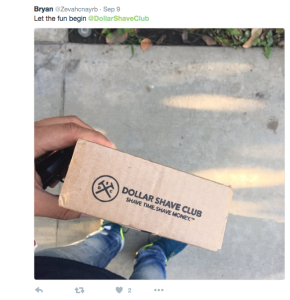
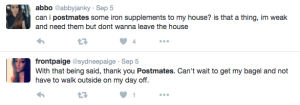

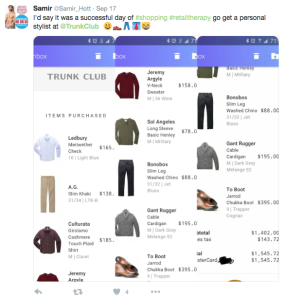
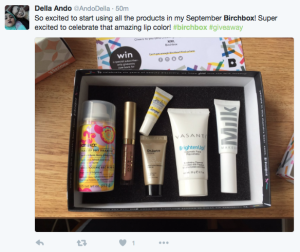
Beloved services like Postmates and GrubHub allow you to order food and other items without any human contact, while services like Trunk Club, Graze, and BirchBox go one step further and eliminate the need of you having to make any decision at all. Upon signing up for the service, the buyer takes a preferences test and then receives customized monthly deliveries of clothes, snacks, makeup, etc.
Brands like these have ushered in an Age of Convenience, where consumers get none of the hassle, but all of the gratification. According to a Shutl survey, 60% of millennials expect more from delivery services than they did two years ago.
Convenience is no longer a perk – it’s a necessity. And as more of these delivery services pop up, consumers’ expectations for their shopping experiences change and force companies to refresh their brand positioning accordingly.
This consumption transformation is just getting started. While only 8% of those surveyed by CivicScience use a convenience service now, 24% are planning on subscribing in the next year. The popularity of these services suggests that the future of shopping is all about having someone else do it for you.
It’s official – Garnet Hill has packed up a collection of its most beautiful home and apparel products and set its sights on the open road! Their mission? To connect with their customer in a tangible way and provide a unique touch-and-feel experience in the comfort of her own backyard
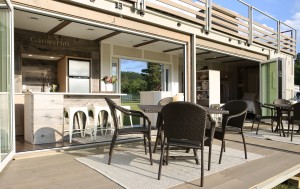
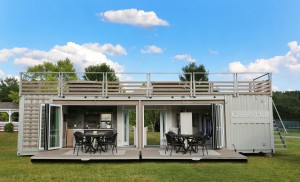
This August, we’re celebrating the launch of Garnet Hill’s Mobile Boutique – a pop-up store that truly takes the concept of “experiential marketing” to a whole new level.
Built to feel like a tiny, natural home where you can literally touch, feel, and shop all of the beautiful Garnet Hill products, the boutique is equipped with all of the homey essentials – kitchen, bathroom, bedroom, closet, and a roof deck.
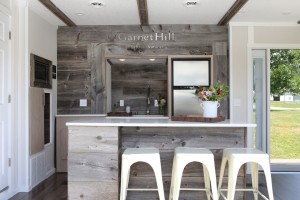
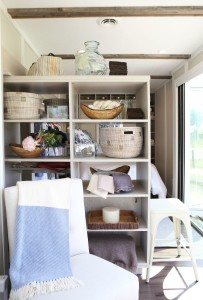

The pop-up is an homage to the brand’s Beautiful, Naturally mantra and was stunningly designed by ModEco Founder and HGTV Container Home personality Drake Boroja from a converted shipping container. It showcases an array of the most beloved Garnet Hill products, and serves as a venue for community events including wine tastings, farm-to-table meals, and other demonstrations.

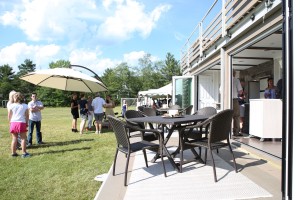
The mobile store began its pilgrimage in Franconia, New Hampshire, is currently moving south through the state via Exeter, and will end in New York City.

Join the journey! Follow along with #GHmobileboutique or visit their Events Page on Facebook for information on how to experience the boutique yourself.
Just off the coast of southern Massachusetts there is a 14-mile island with beautiful beaches, fresh local seafood, and of course, Nantucket Reds. One of the most popular New England tourist attractions, thousands of people come to see the all of the summer wonders that Nantucket Island has to offer.
For the nearly 30 media who attended CBC’s 11th annual Summer House, a trip to Nantucket translated to a coveted time to kick back, relax, and divulge in a weekend escape from everyday life.
Summer House, the flagship of our CBC House Programs, took place on June 14-16, 17-19, and 21-23 on Nantucket Island at the Heidi-Ho Property. Editors and bloggers from a variety of lifestyle publications including Men’s Health, Oprah Magazine, Family Circle, Self, and more spent the weekend enjoying organized activities set up by the CBC team.
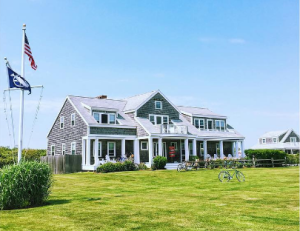
Some of the newest and hottest products were featured at the weekend getaway – from Wonderful Pistachios to Schwinn Bikes, from Mighty Squirrel to Buick. Editors and bloggers did what they do best: share their experiences of these products on their Instagram pages.
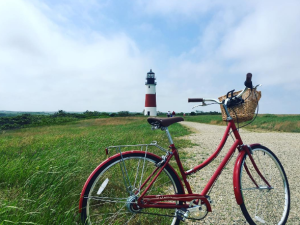
lisaelaineh Life is good. #cbcsummerhouse #schwinn #nantucket

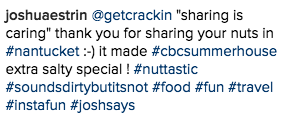
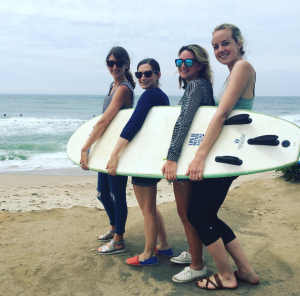

The weekend was packed with activities that ranged from experiencing the products and brands firsthand to exploring the hidden gems of Nantucket. Upon the editors’ arrival, they enjoyed a Scwhinn Beach Bike Ride that led them to a Wonderful Pistachios Cocktail Hour. After their first day of activities, they enjoyed a dinner at Nantucket famous BYOB restaurant, Black Eyed Susan’s.
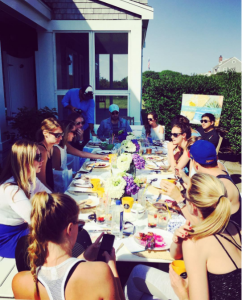
 The following morning included a GM breakfast followed by a Buick Scavenger Hunt, during which the editors drove around Nantucket to complete the list of items on the hunt. After their scavenger hunt they indulged in a relaxing bike ride and picnic provided by Sabra. The editors spent the night with a Miraclesuit Boat Cruise and Clambake around Nantucket. The last day in Nantucket would finish off with a Vital Proteins Smoothie breakfast and a Barre workout at Studio Nantucket.
The following morning included a GM breakfast followed by a Buick Scavenger Hunt, during which the editors drove around Nantucket to complete the list of items on the hunt. After their scavenger hunt they indulged in a relaxing bike ride and picnic provided by Sabra. The editors spent the night with a Miraclesuit Boat Cruise and Clambake around Nantucket. The last day in Nantucket would finish off with a Vital Proteins Smoothie breakfast and a Barre workout at Studio Nantucket.
All in all it was a wonderful weekend for these editors and the CBC team. Scroll through all the images and experiences these bloggers shared on Instagram with #cbcsummerhouse.
